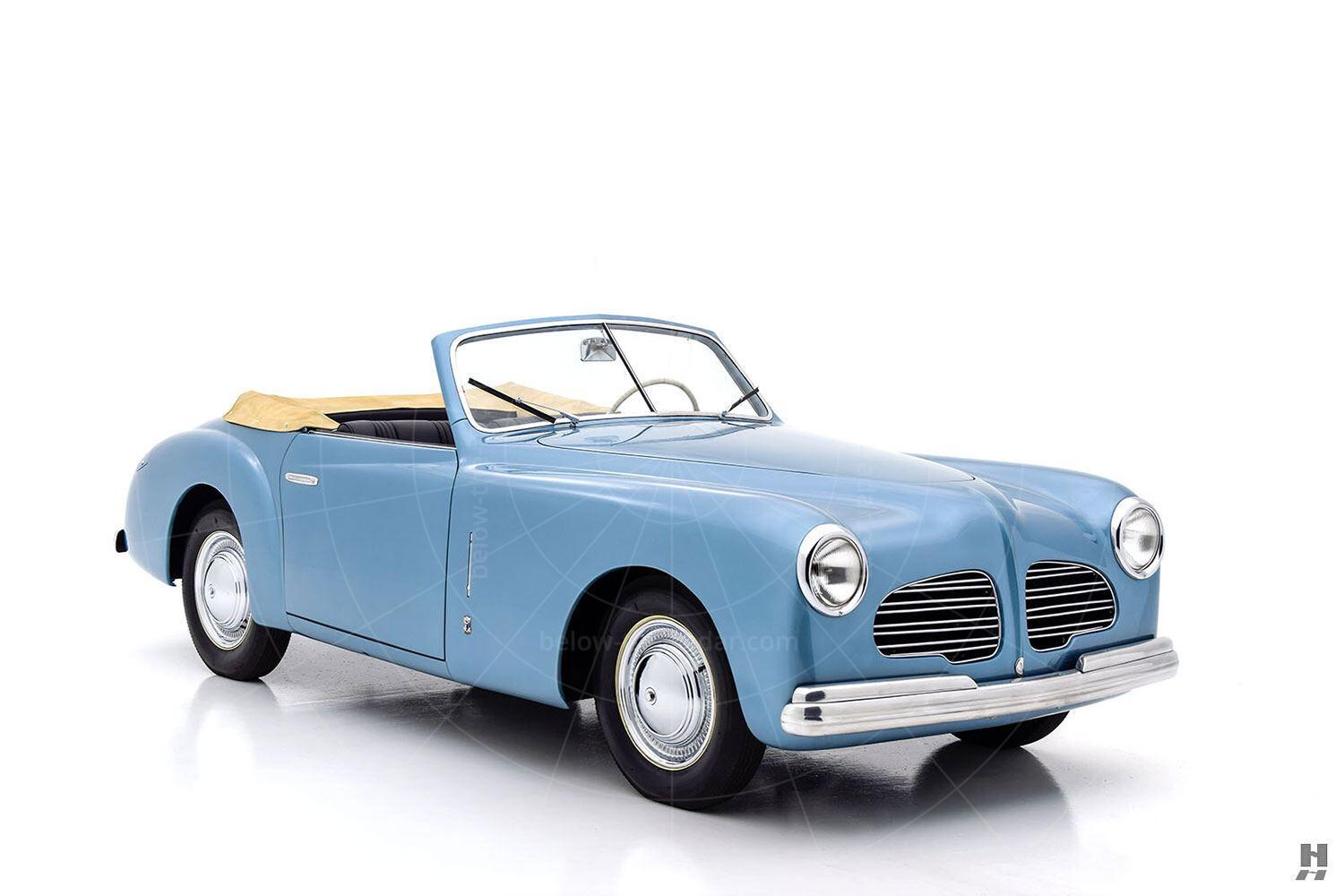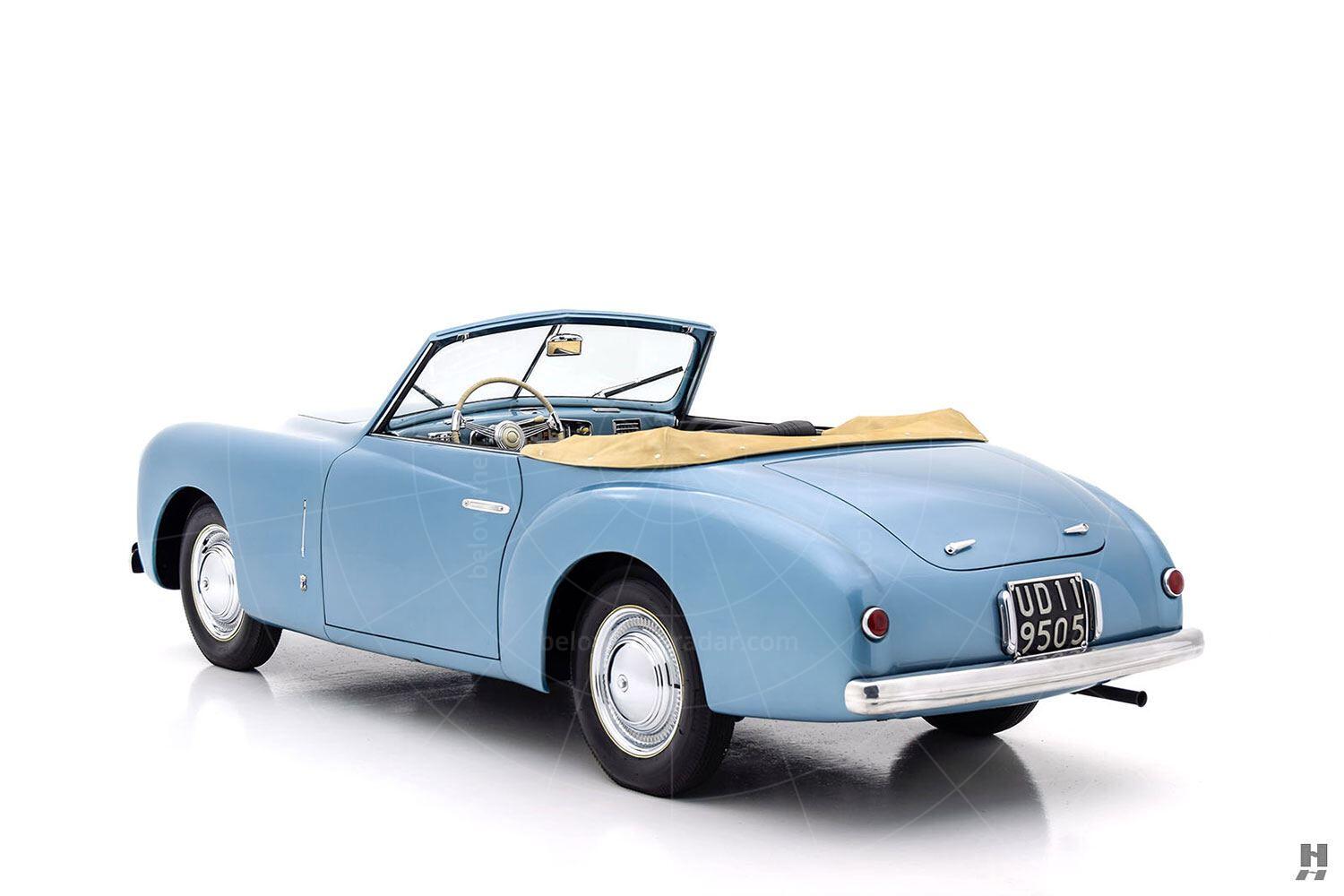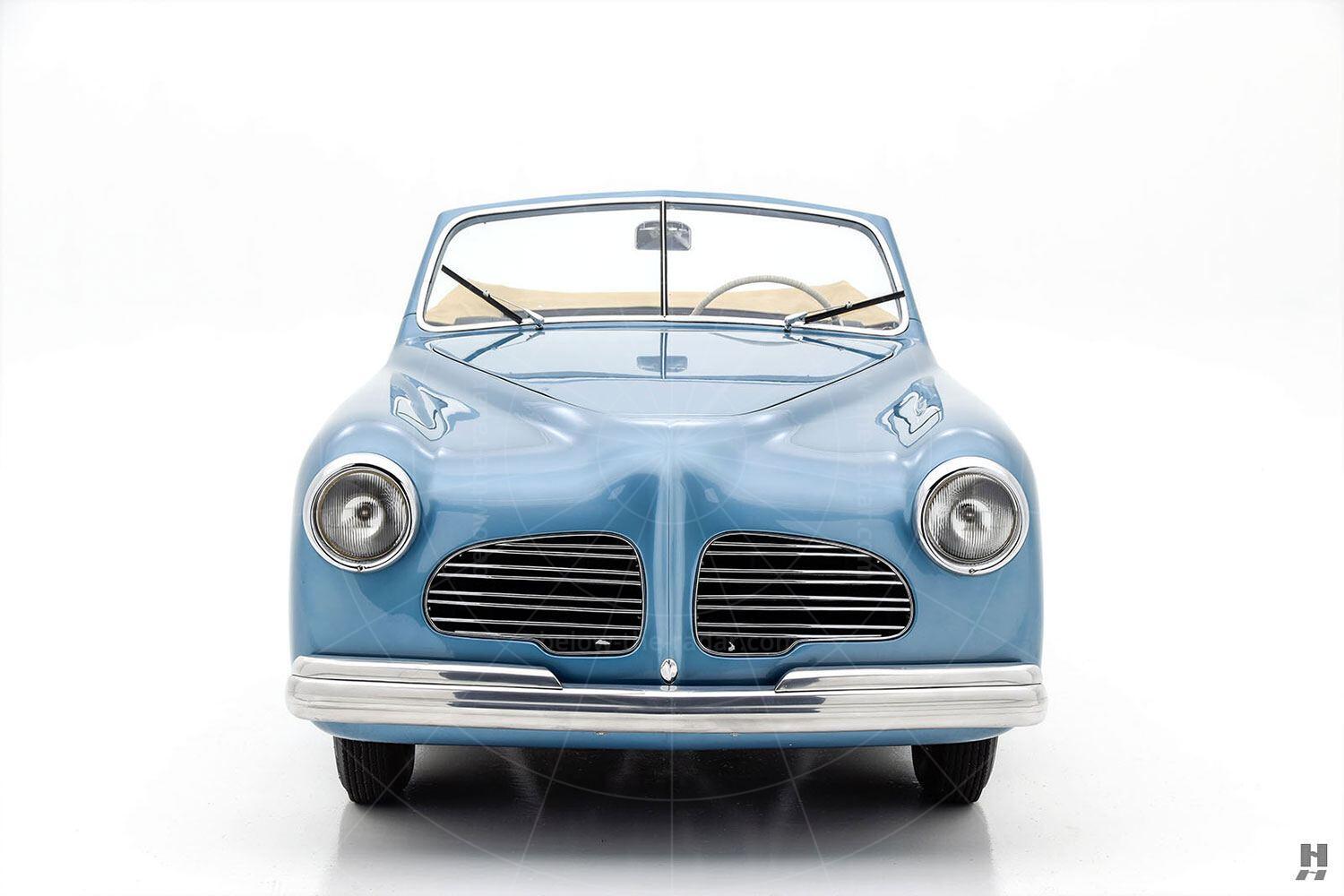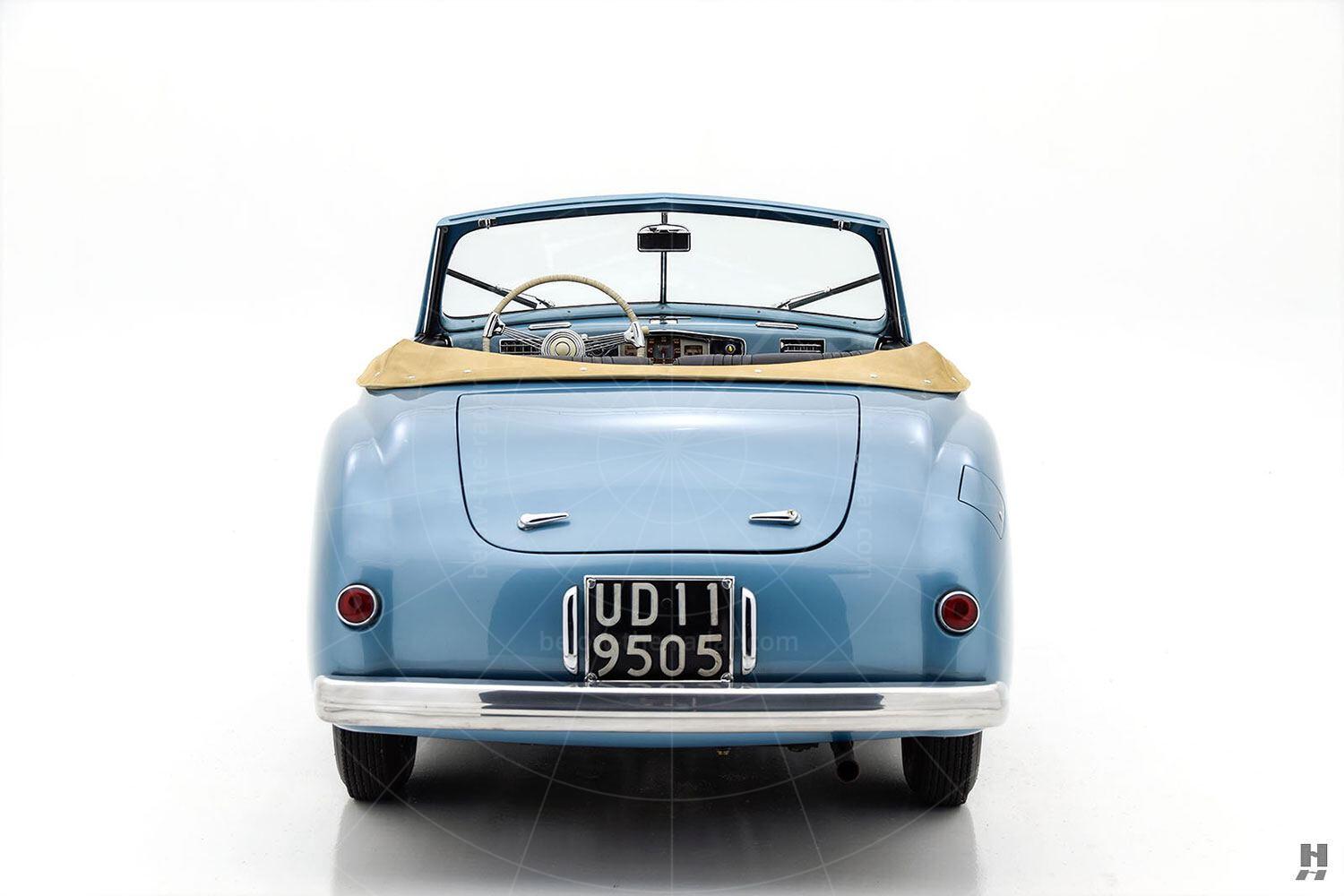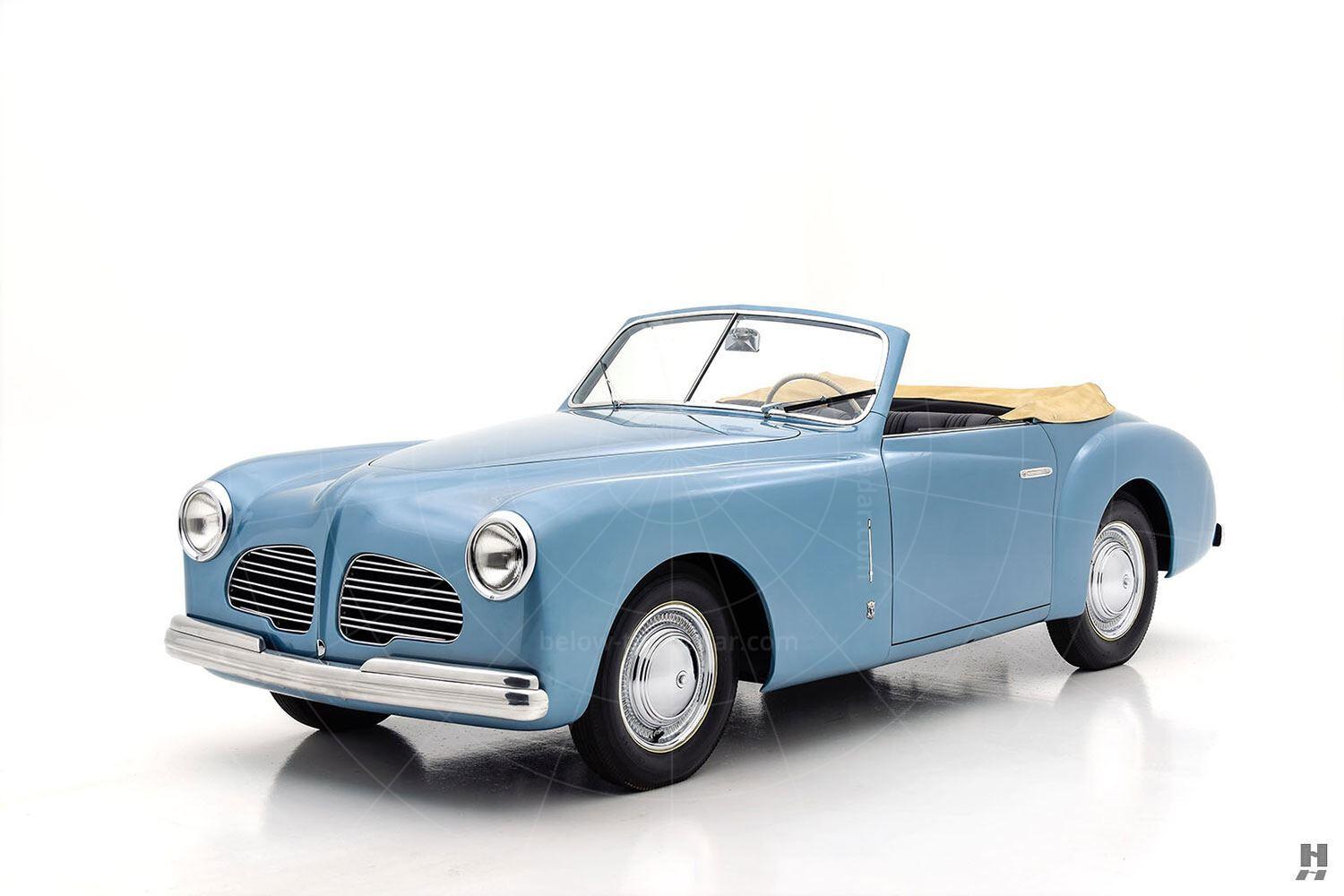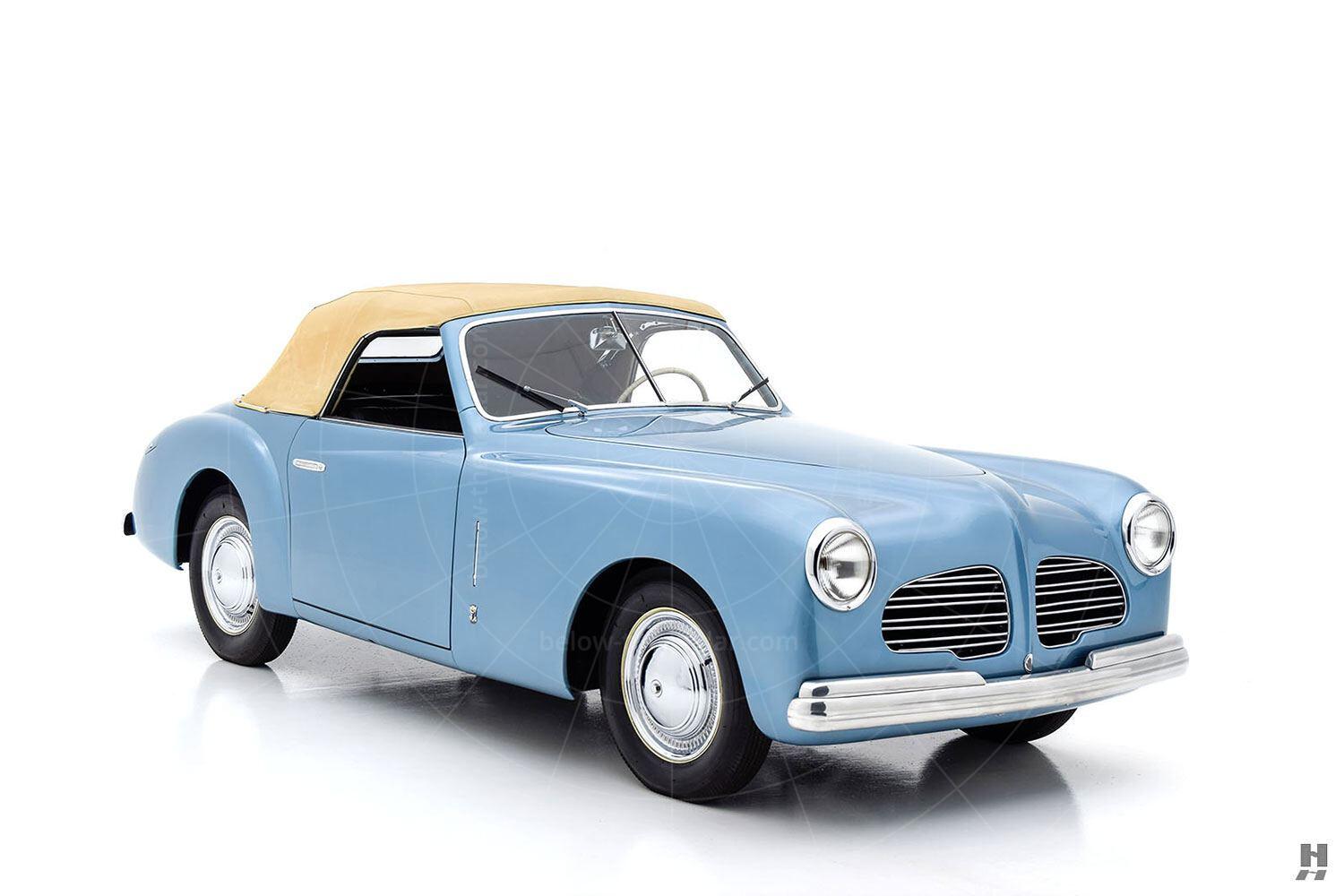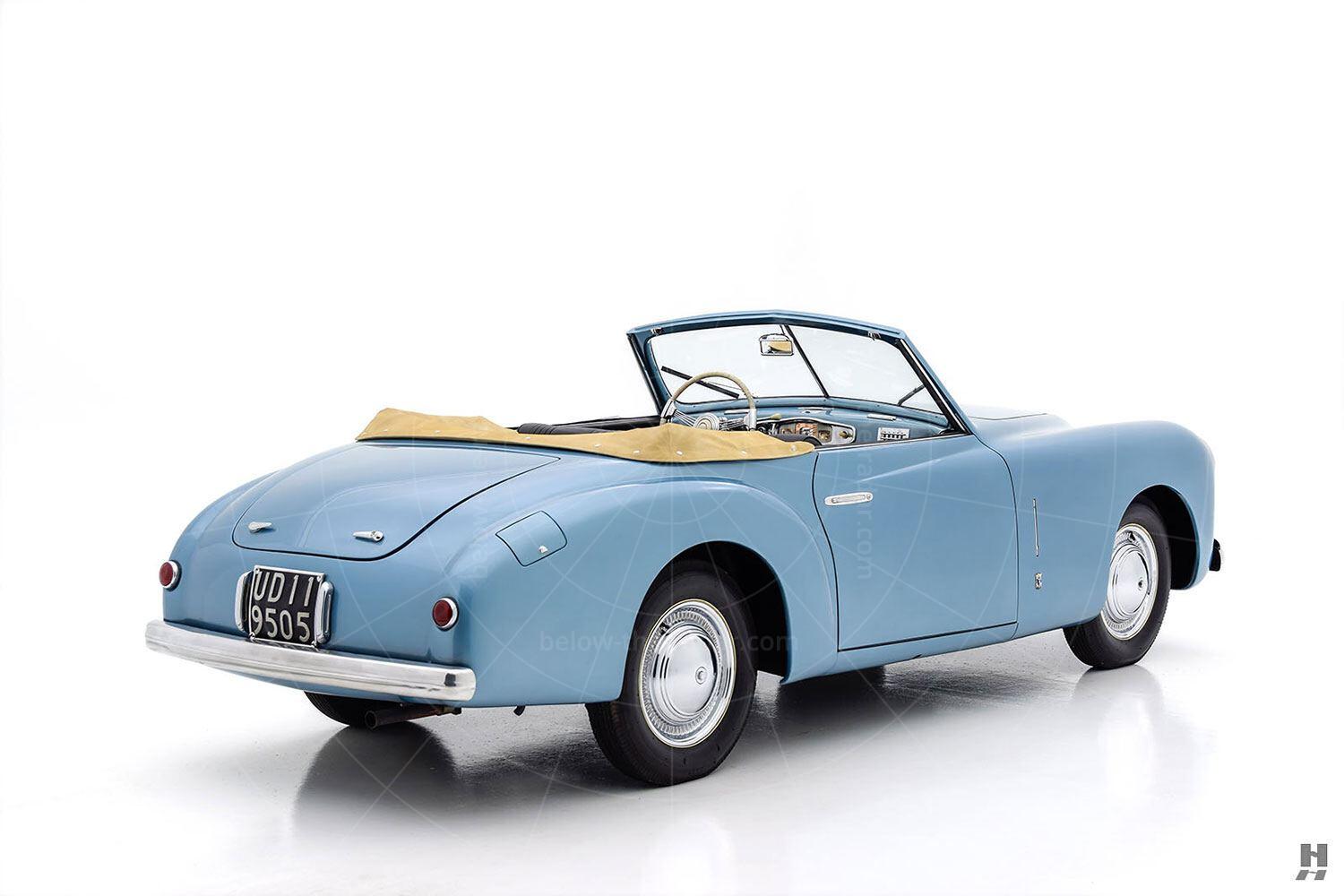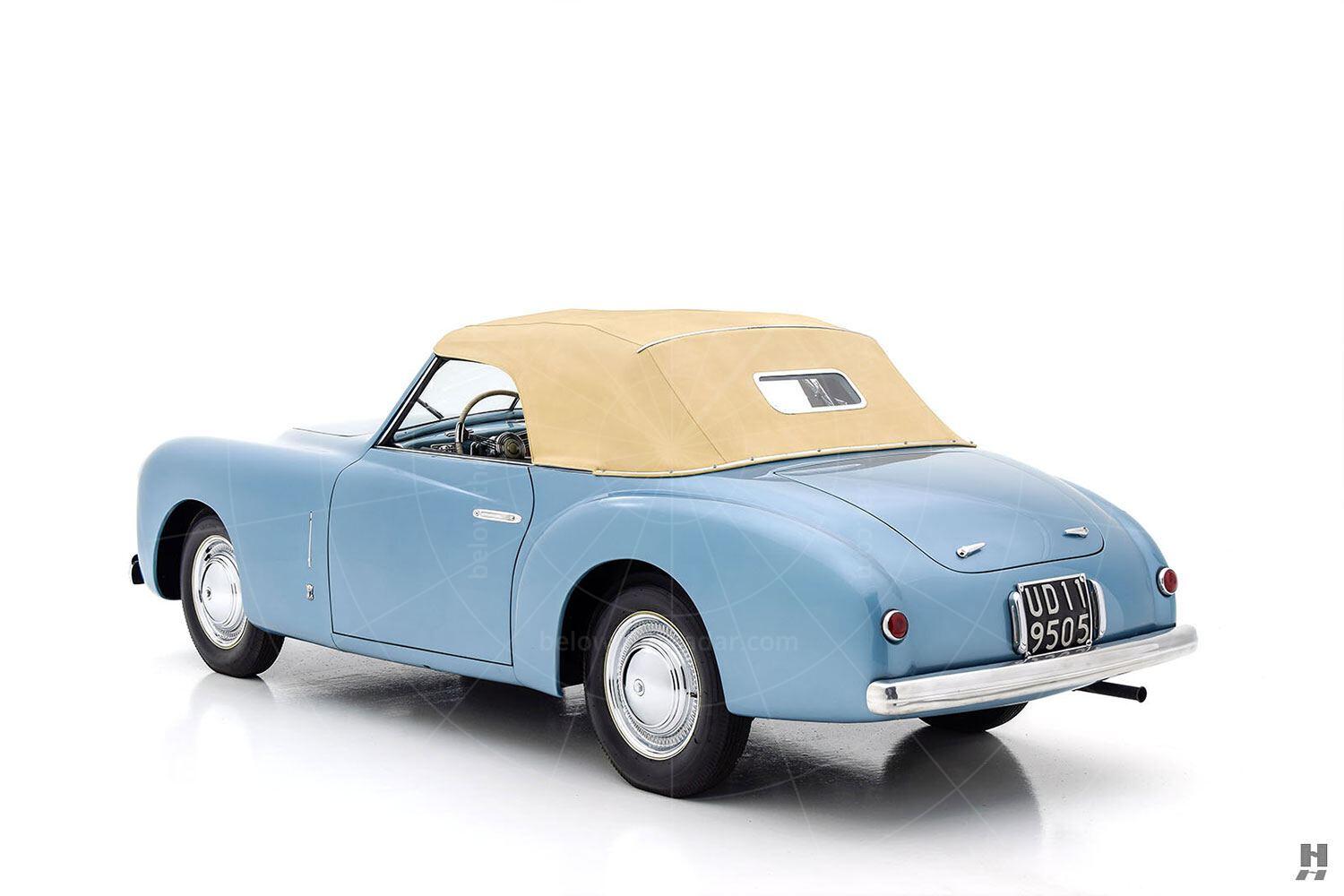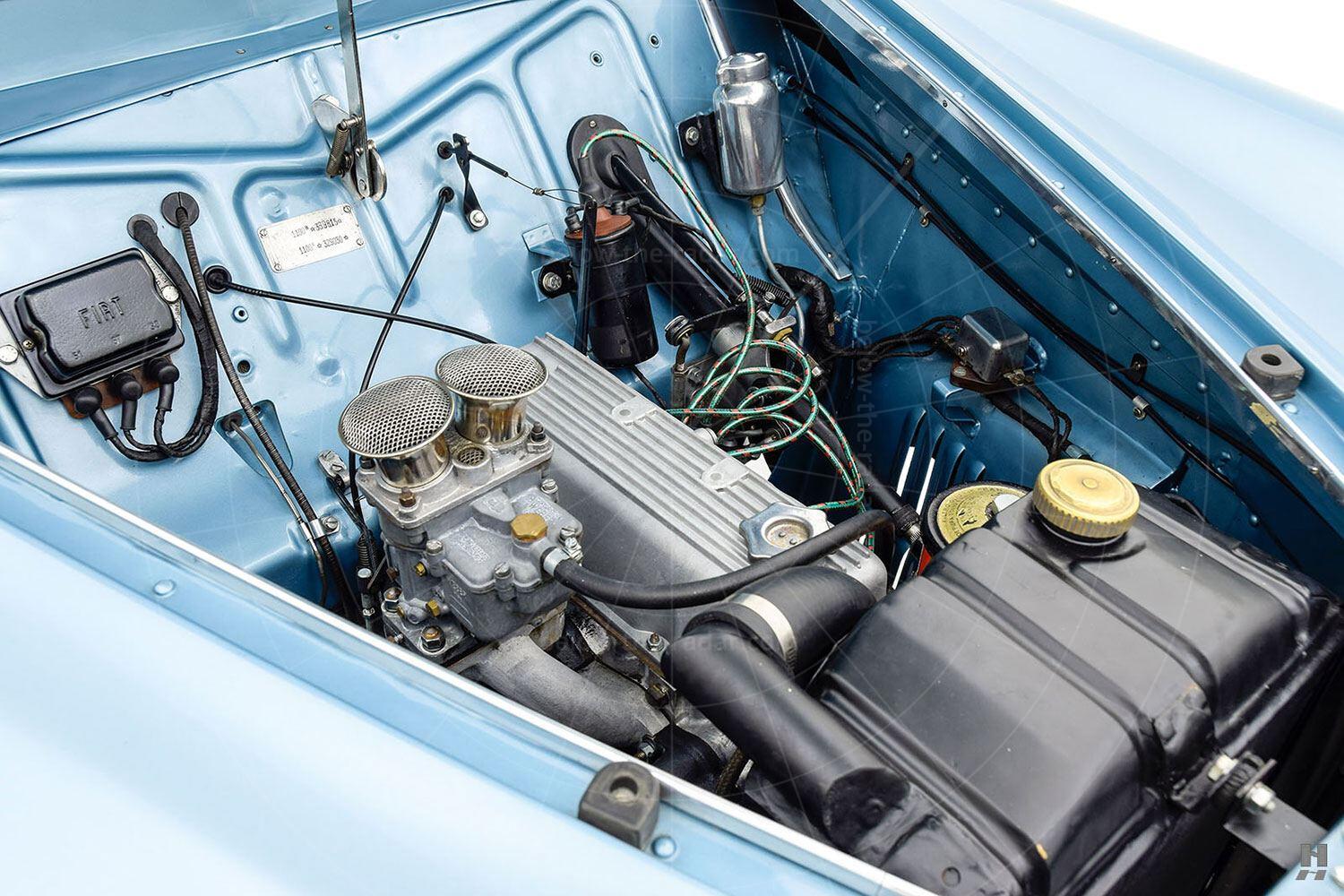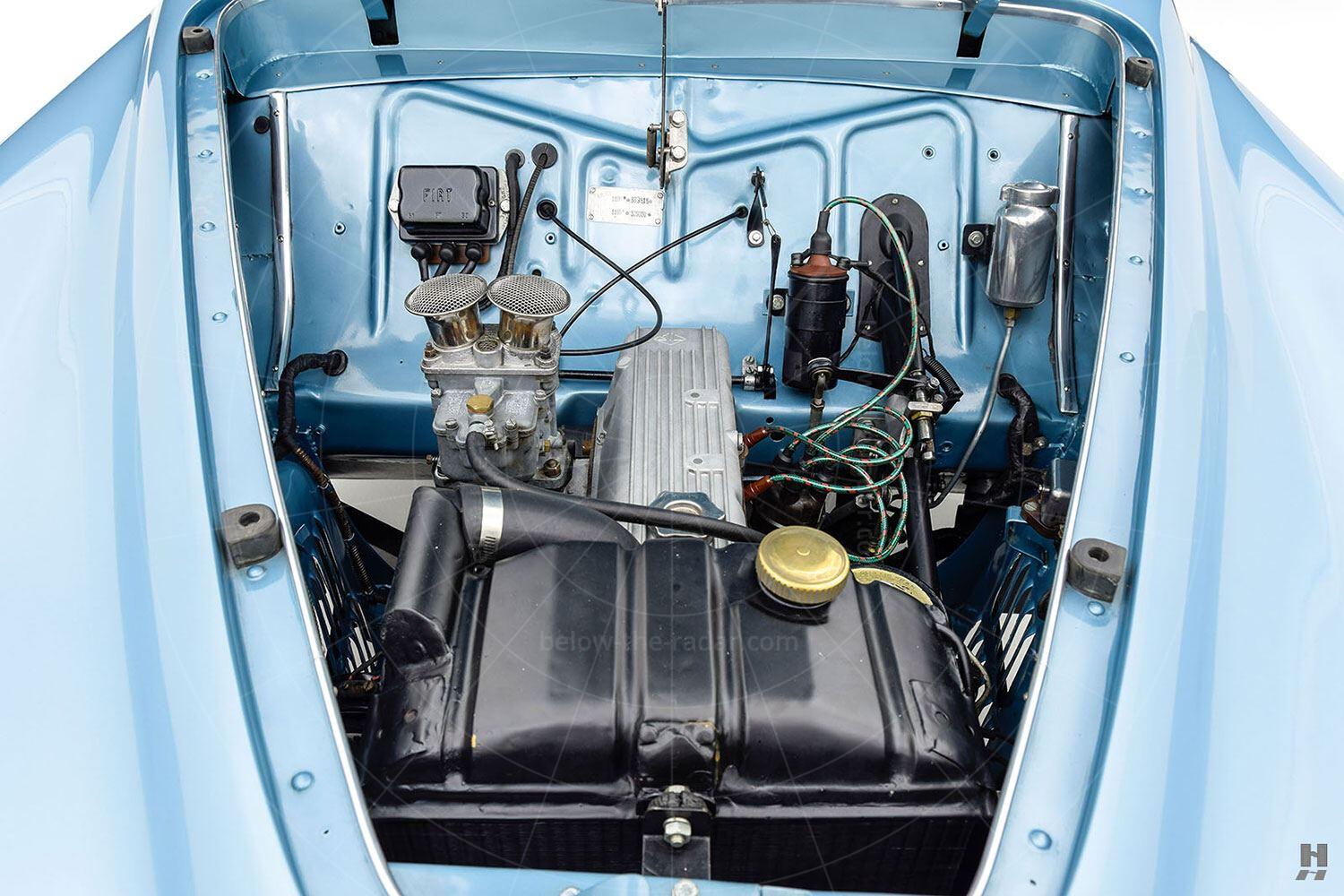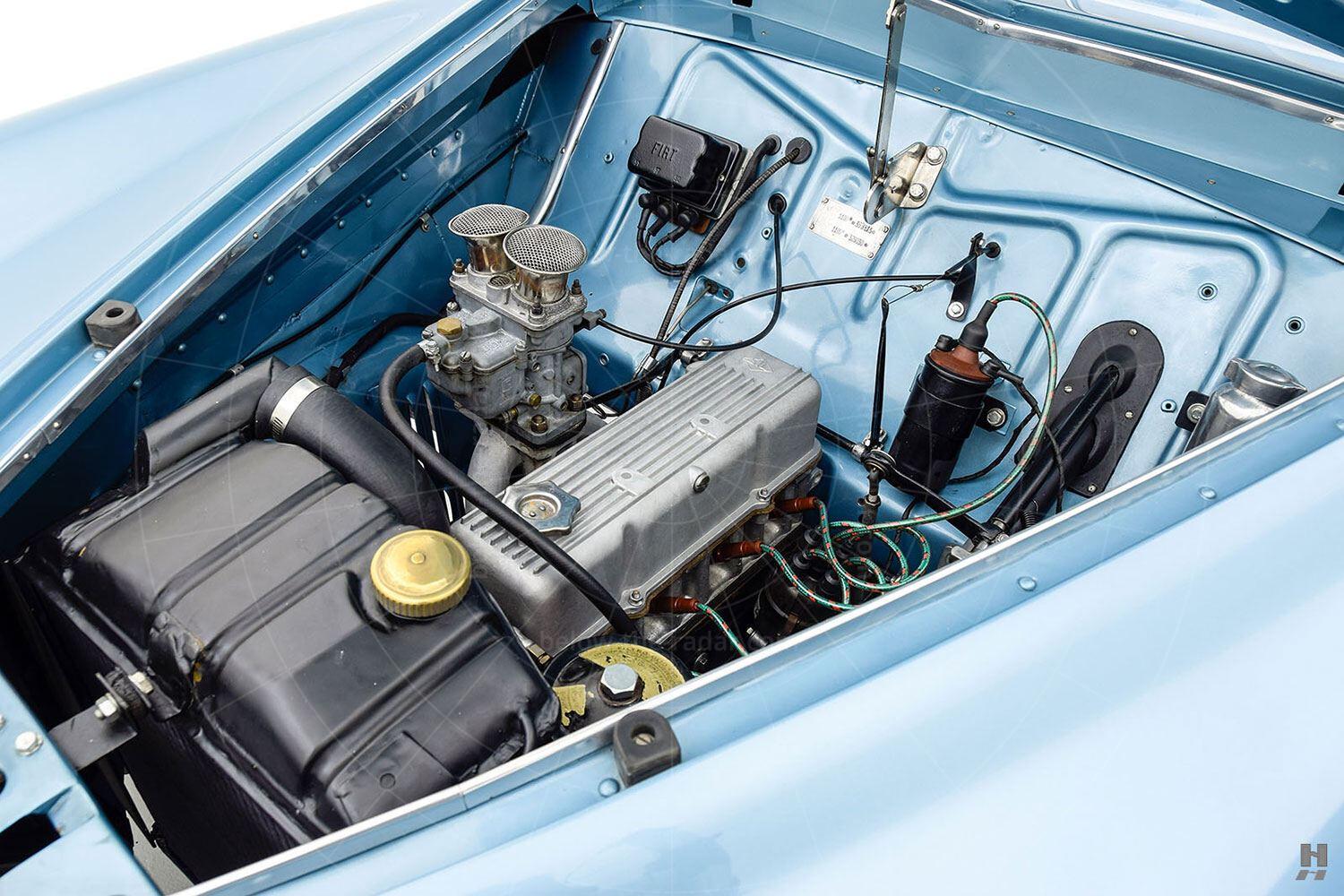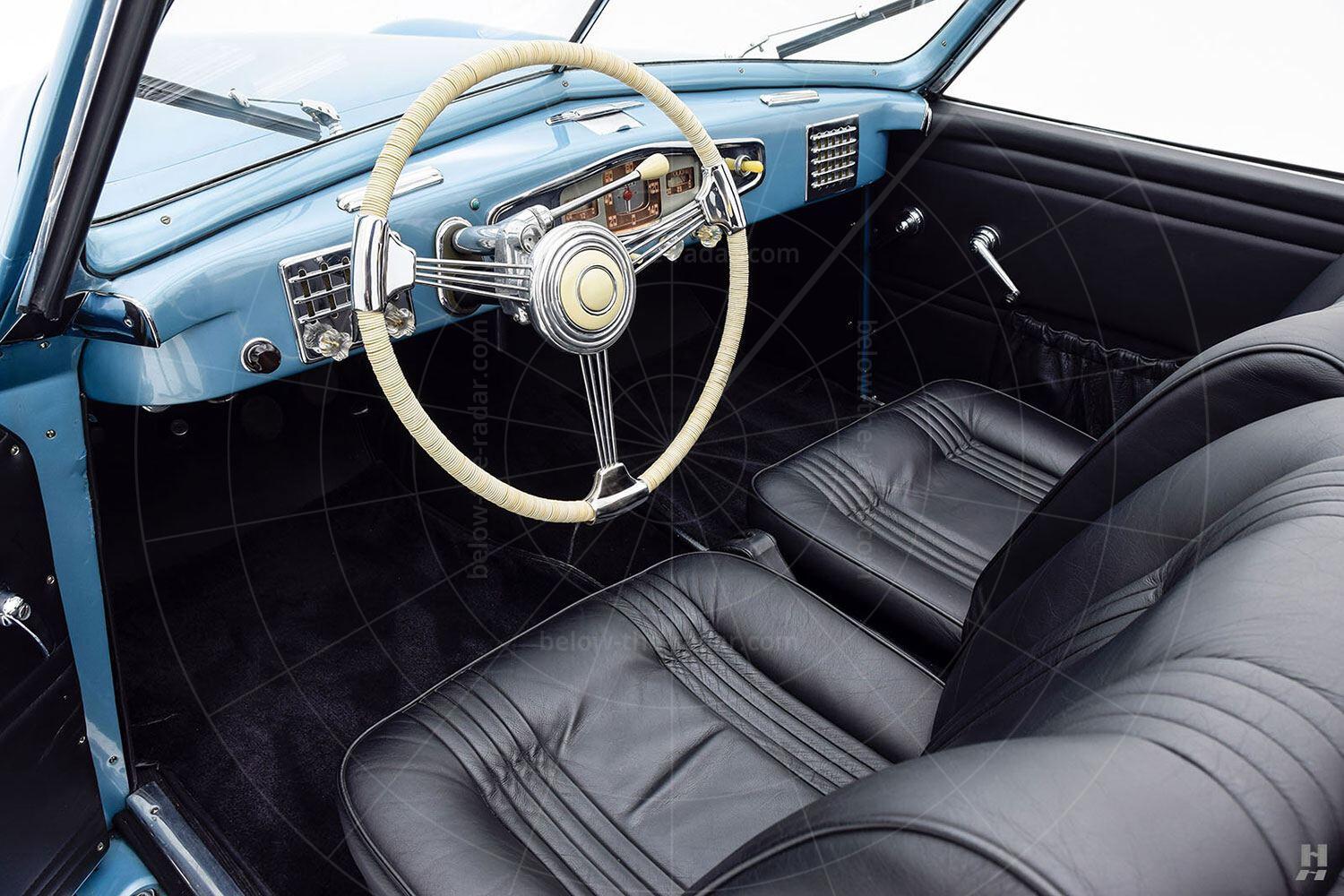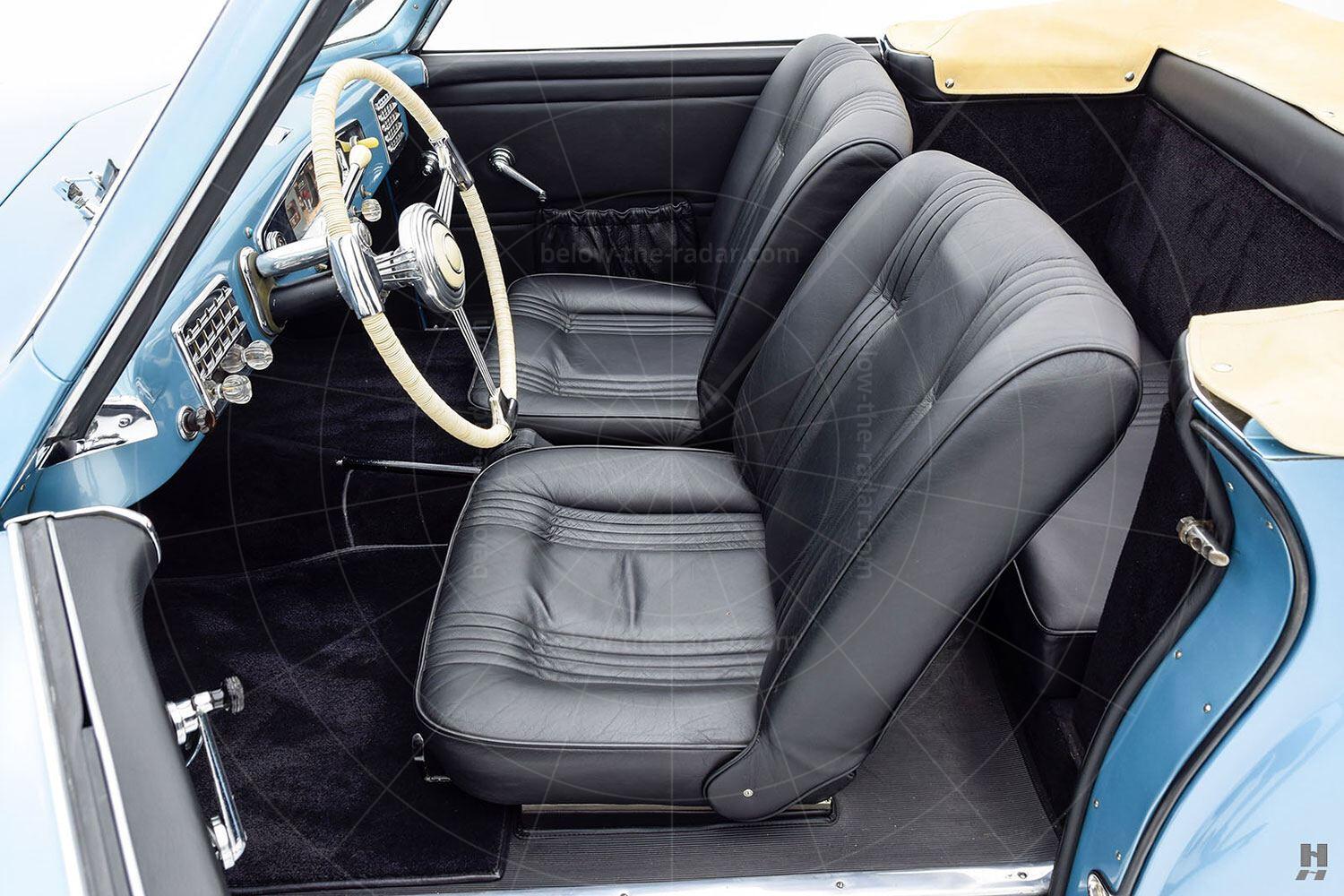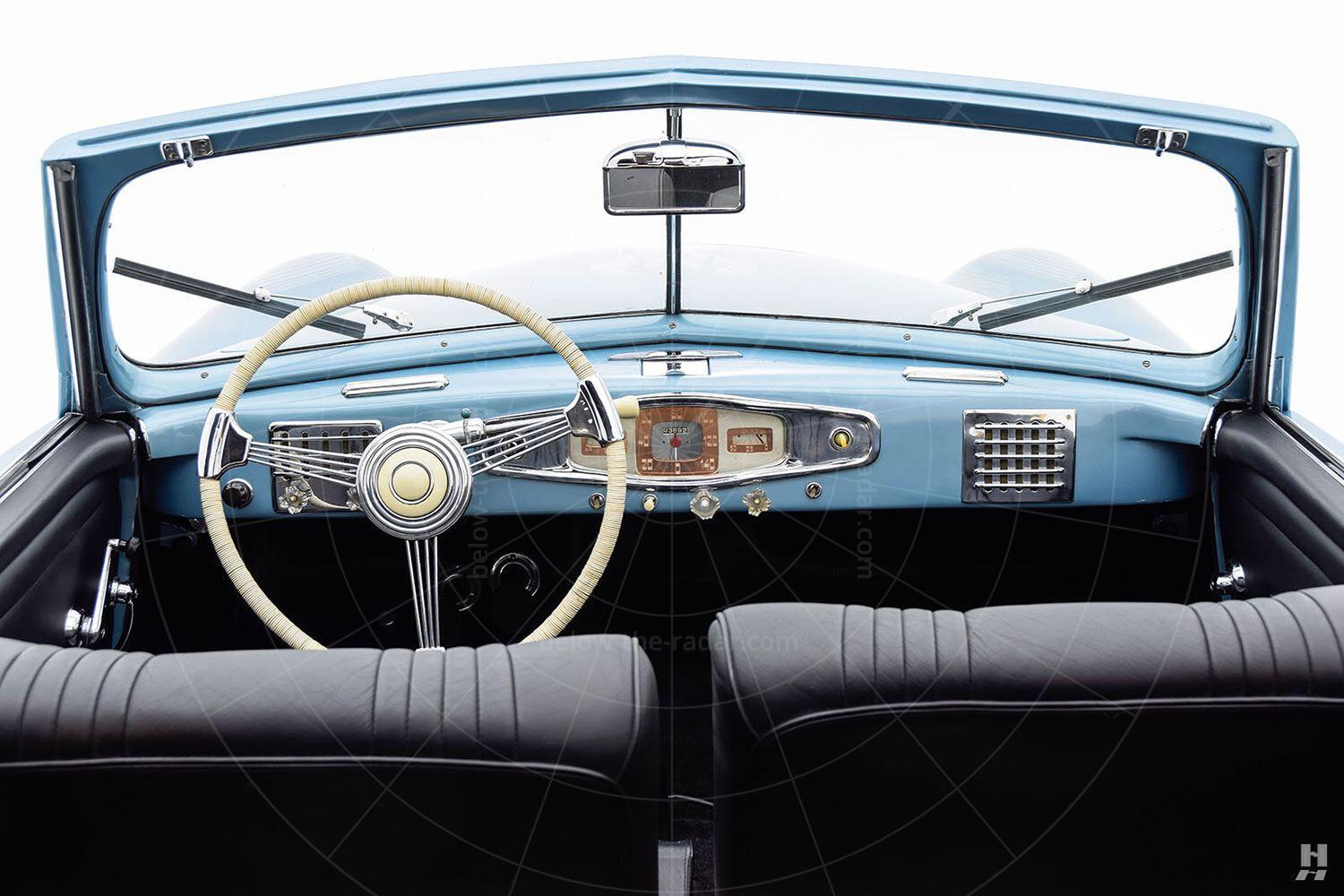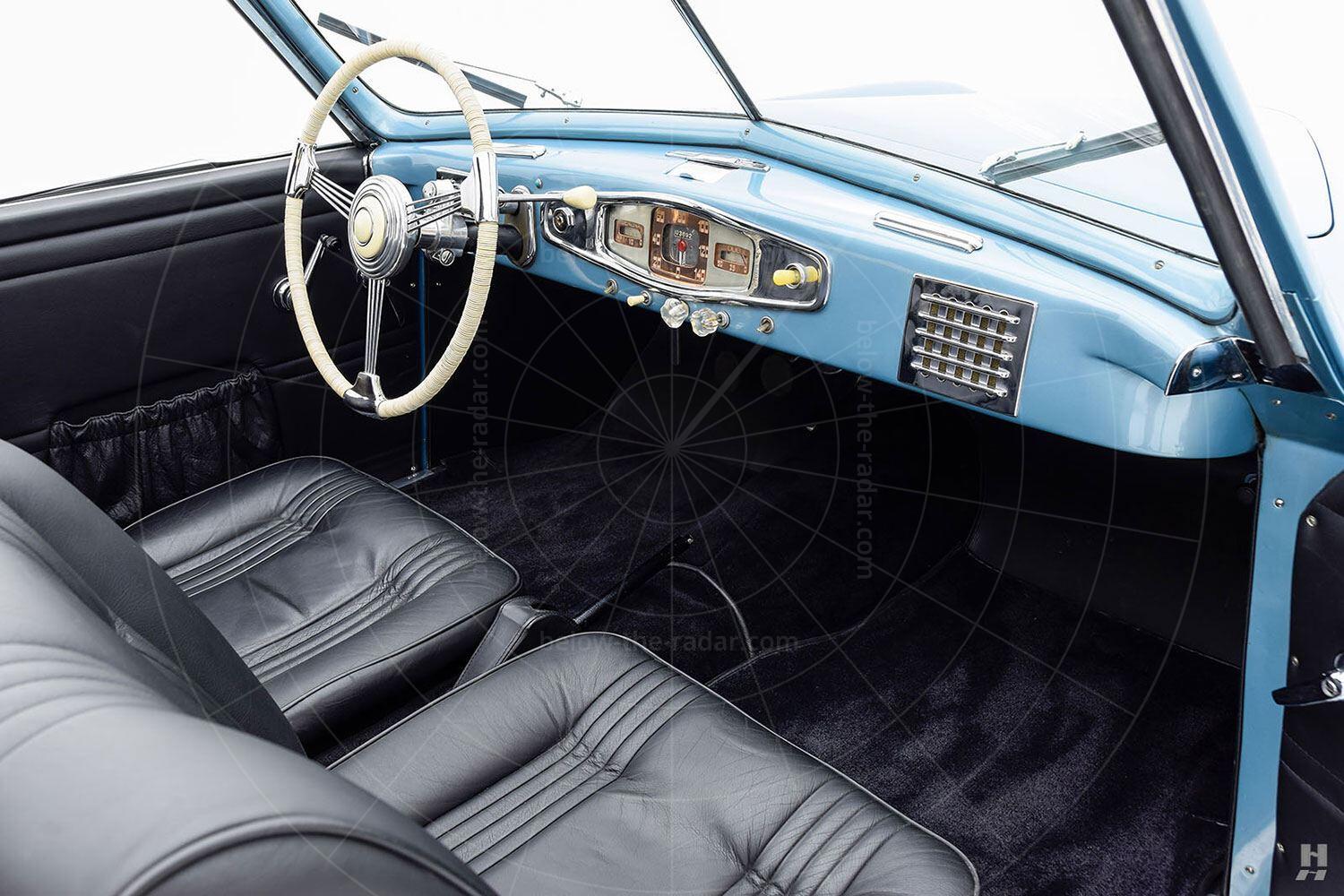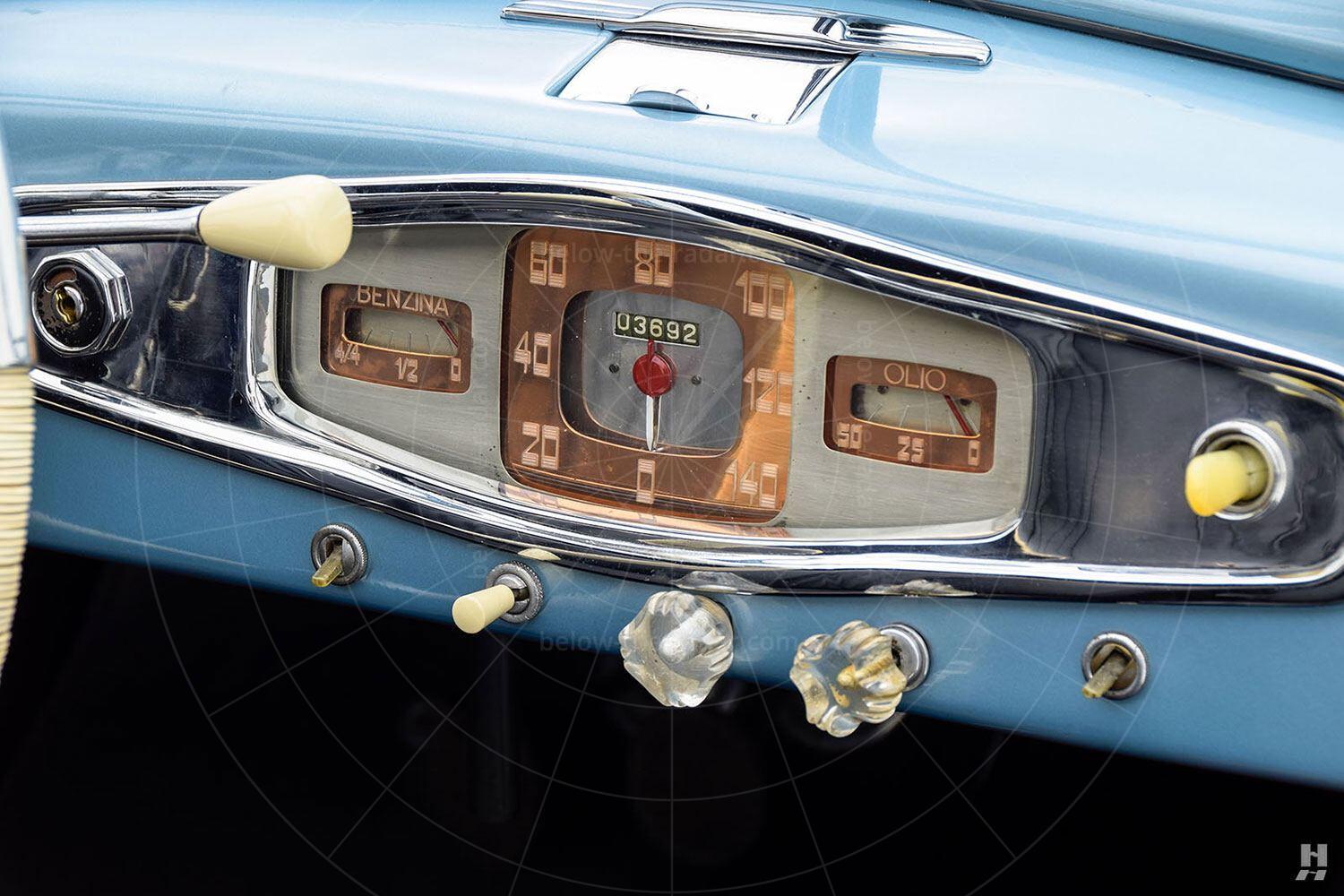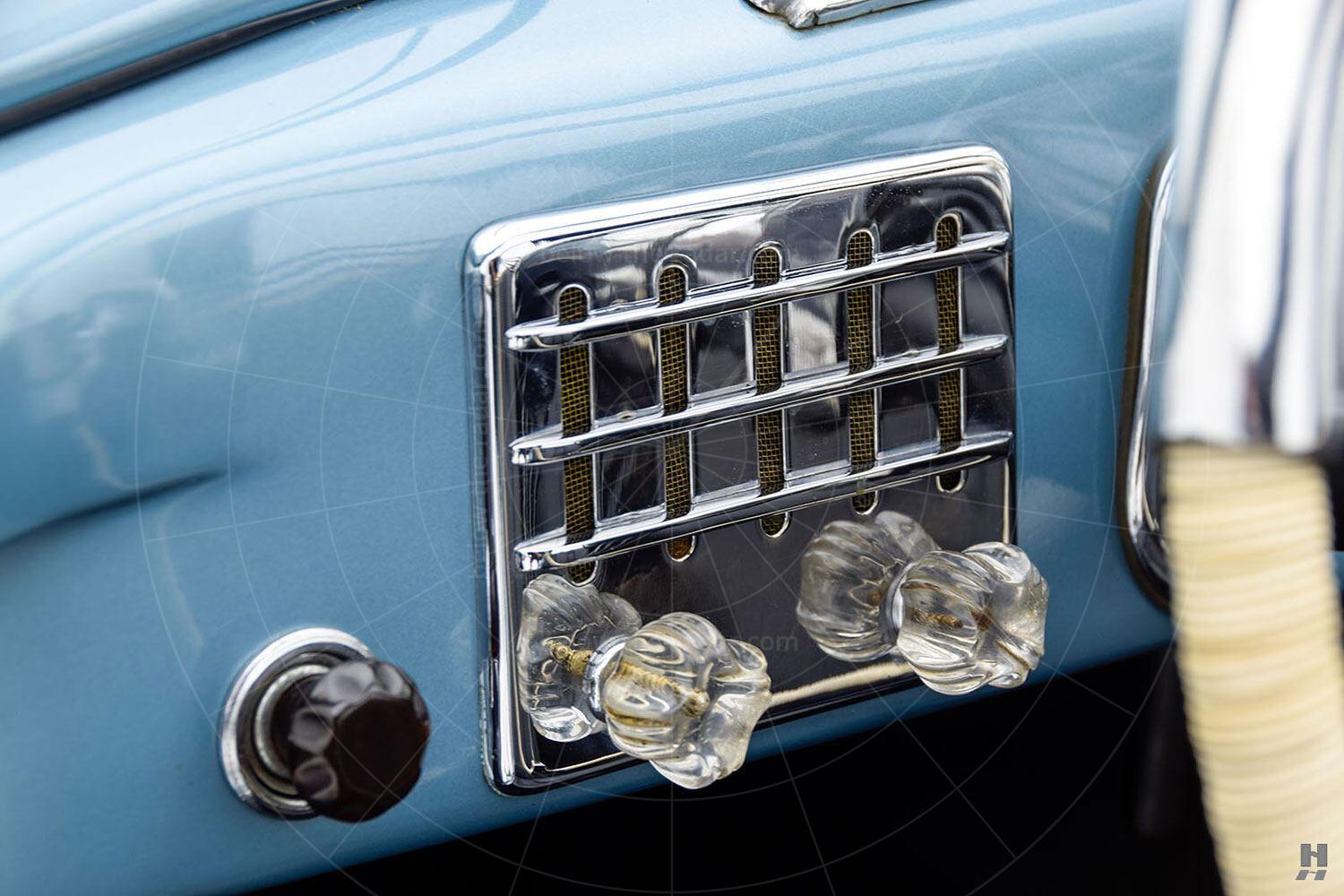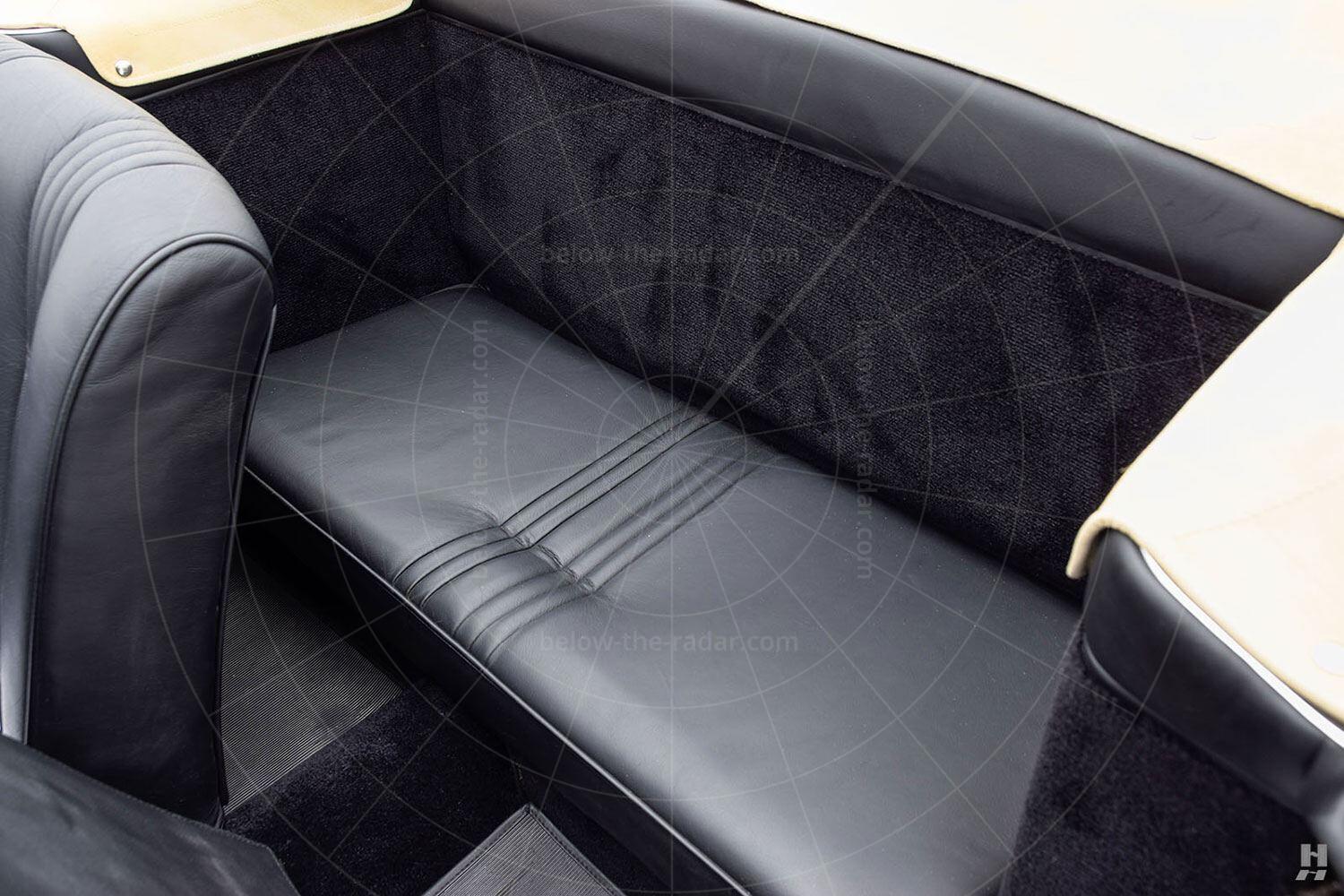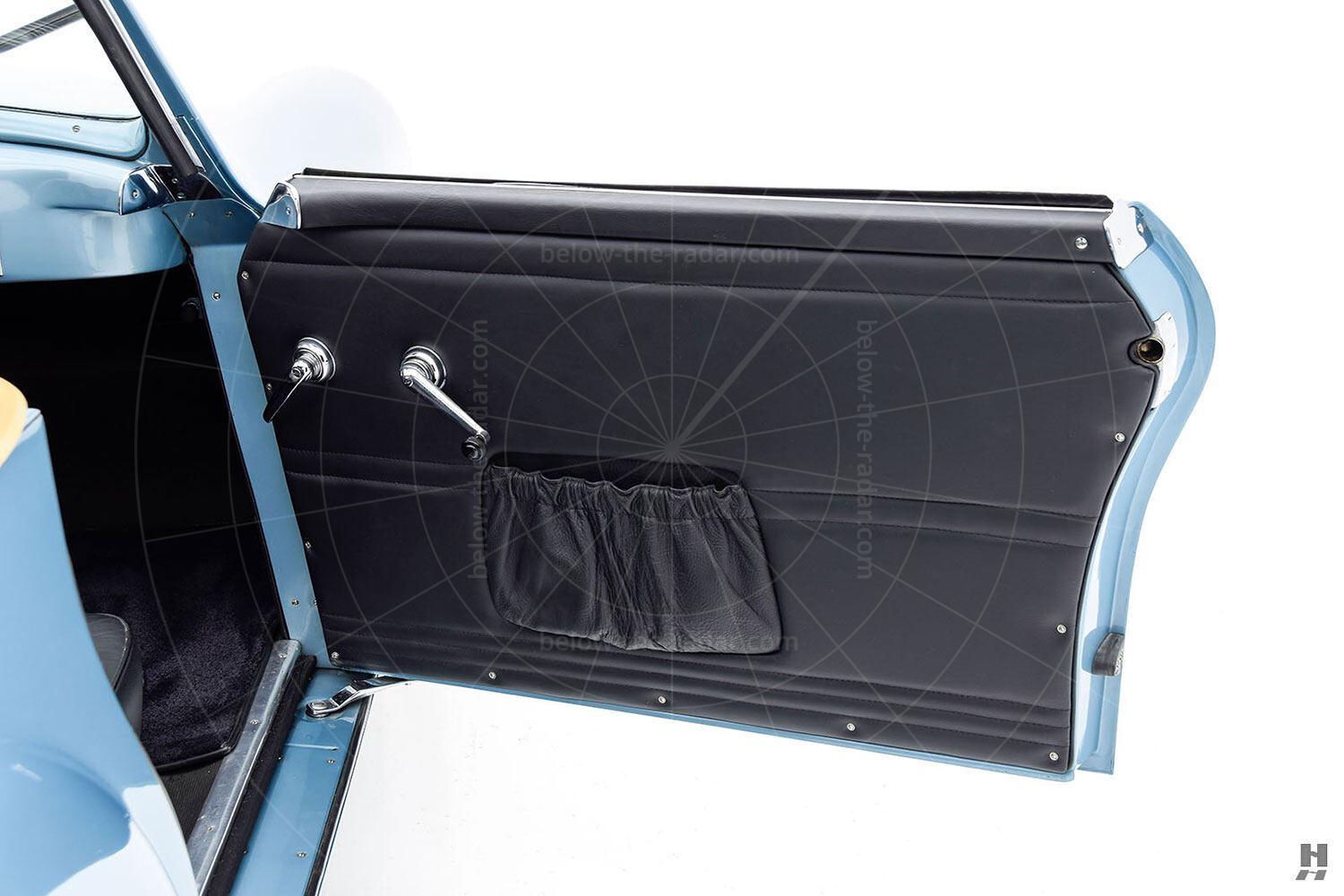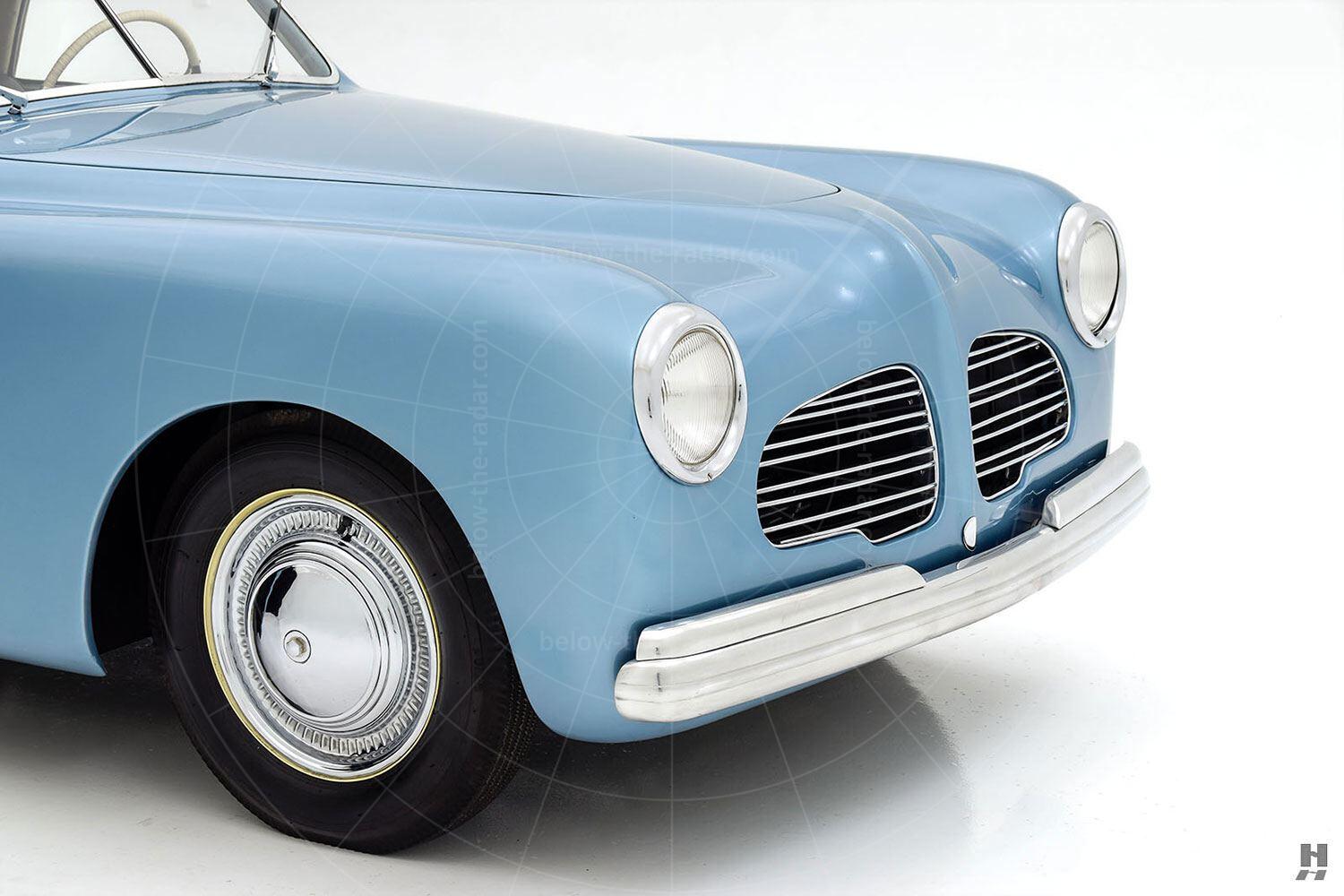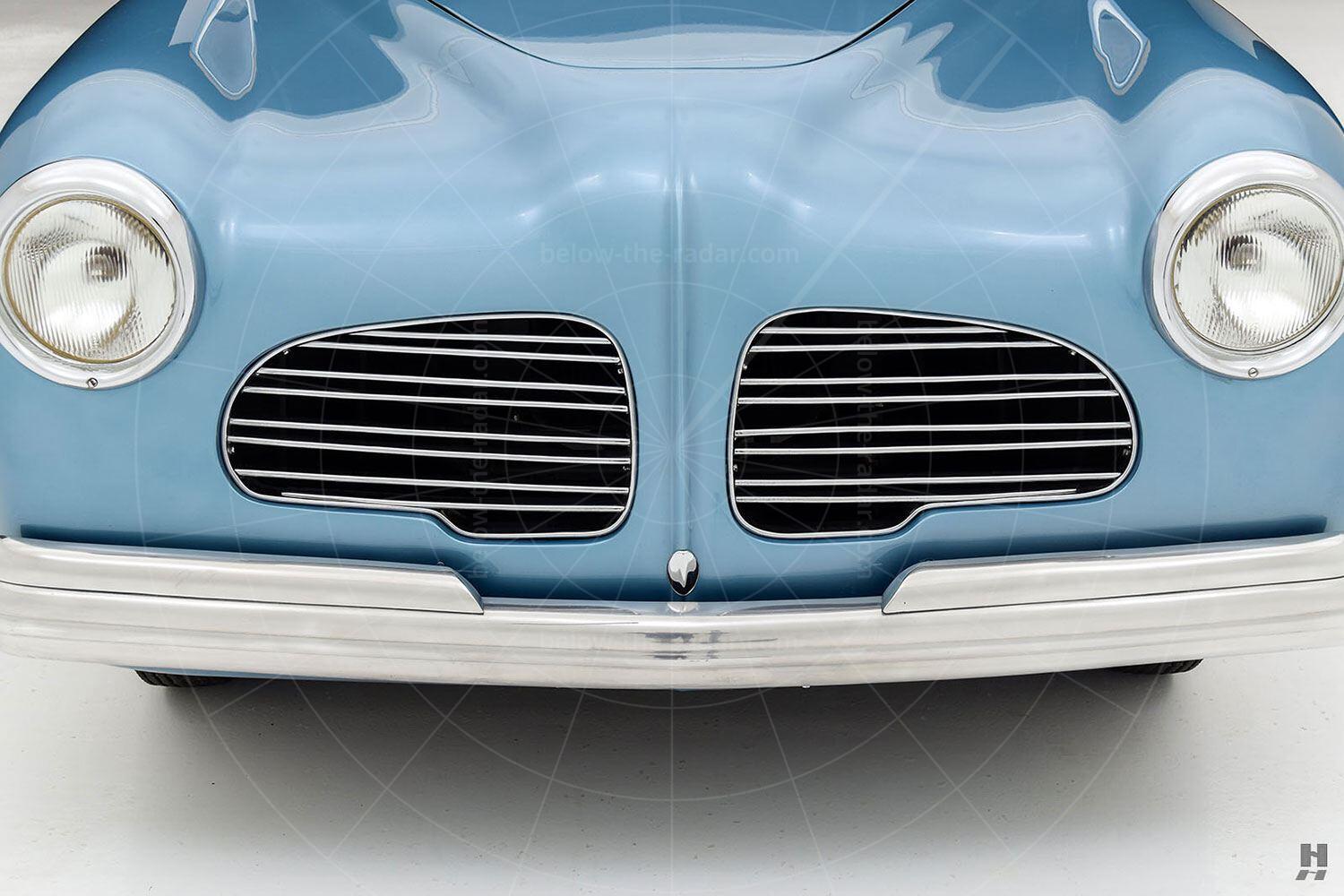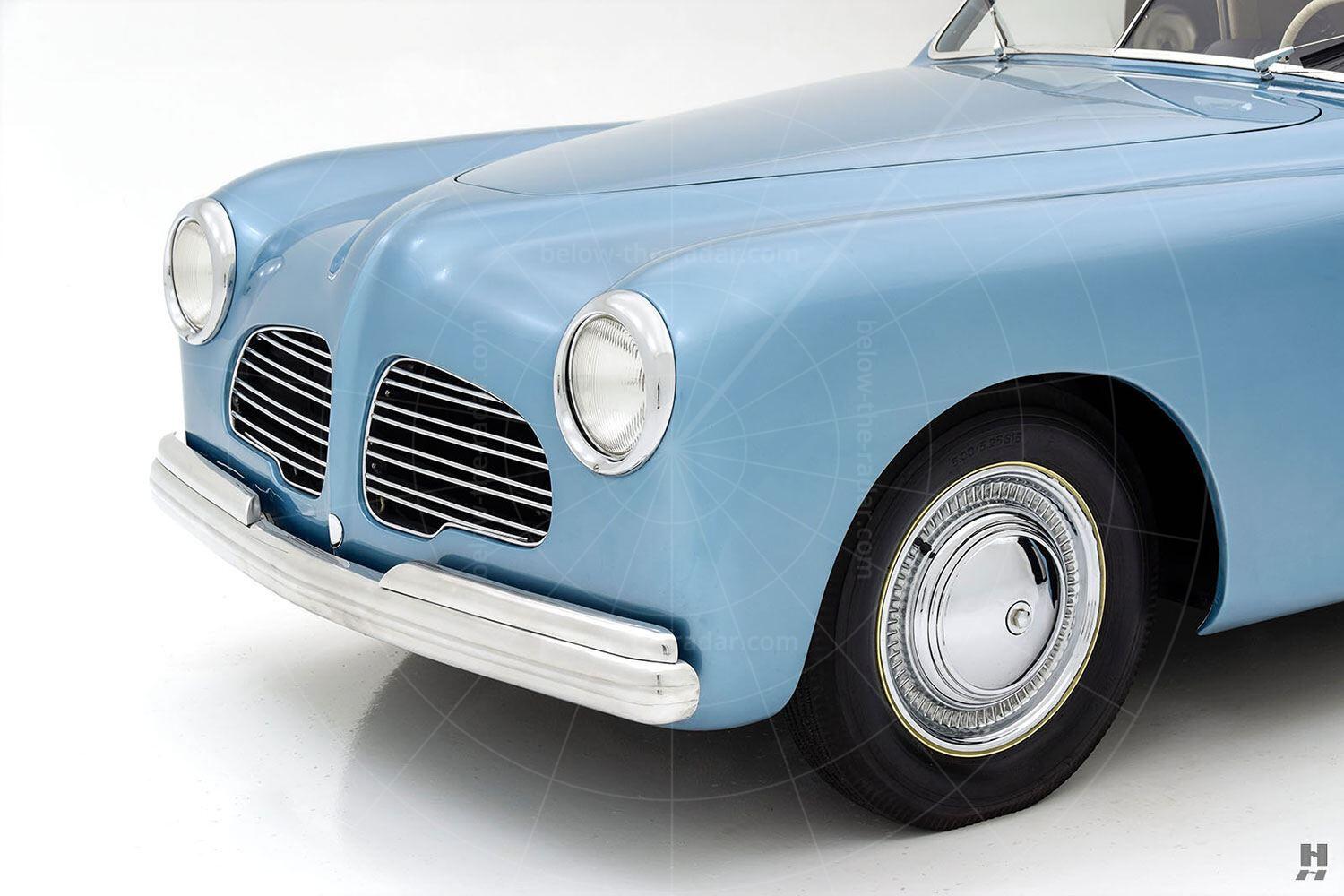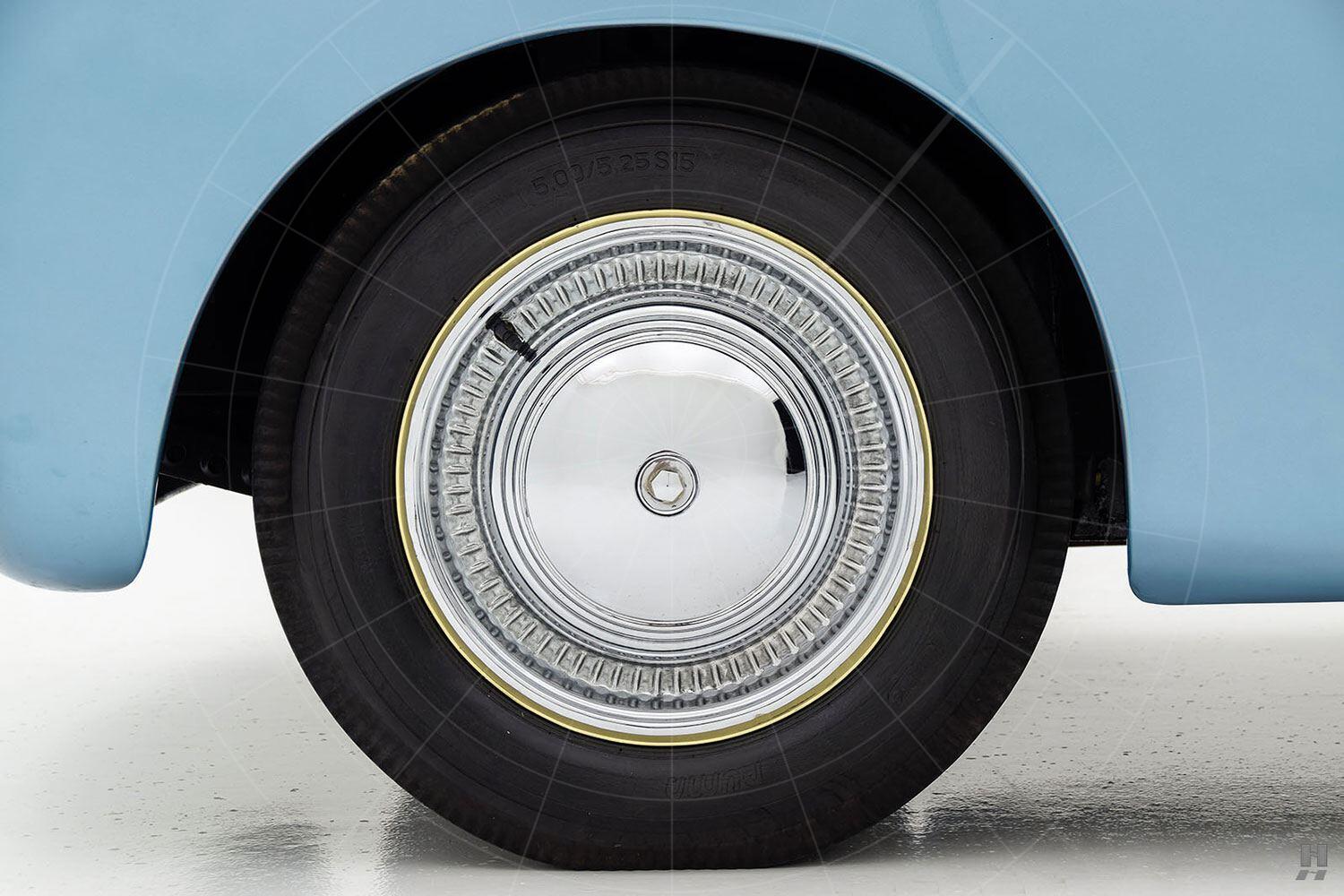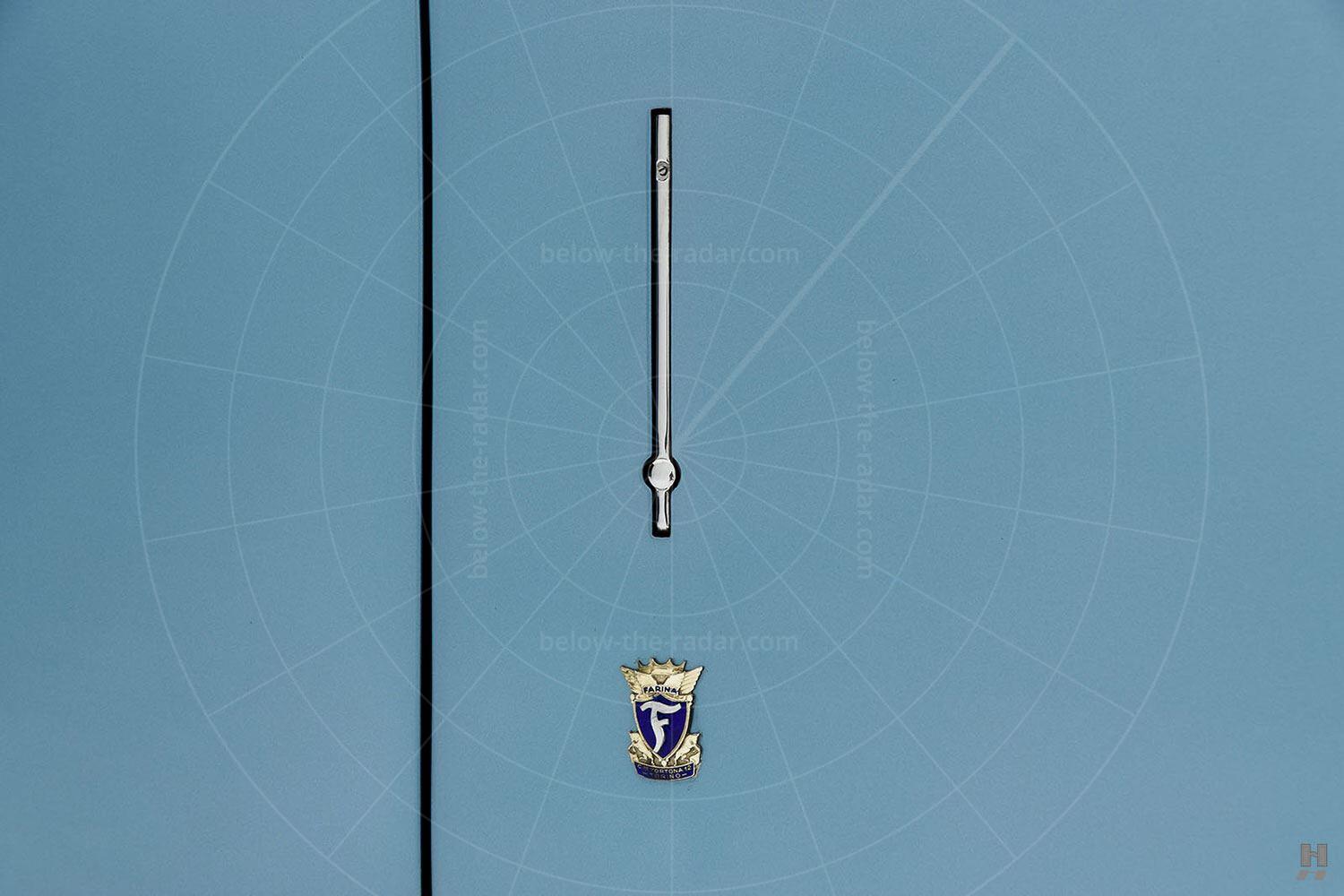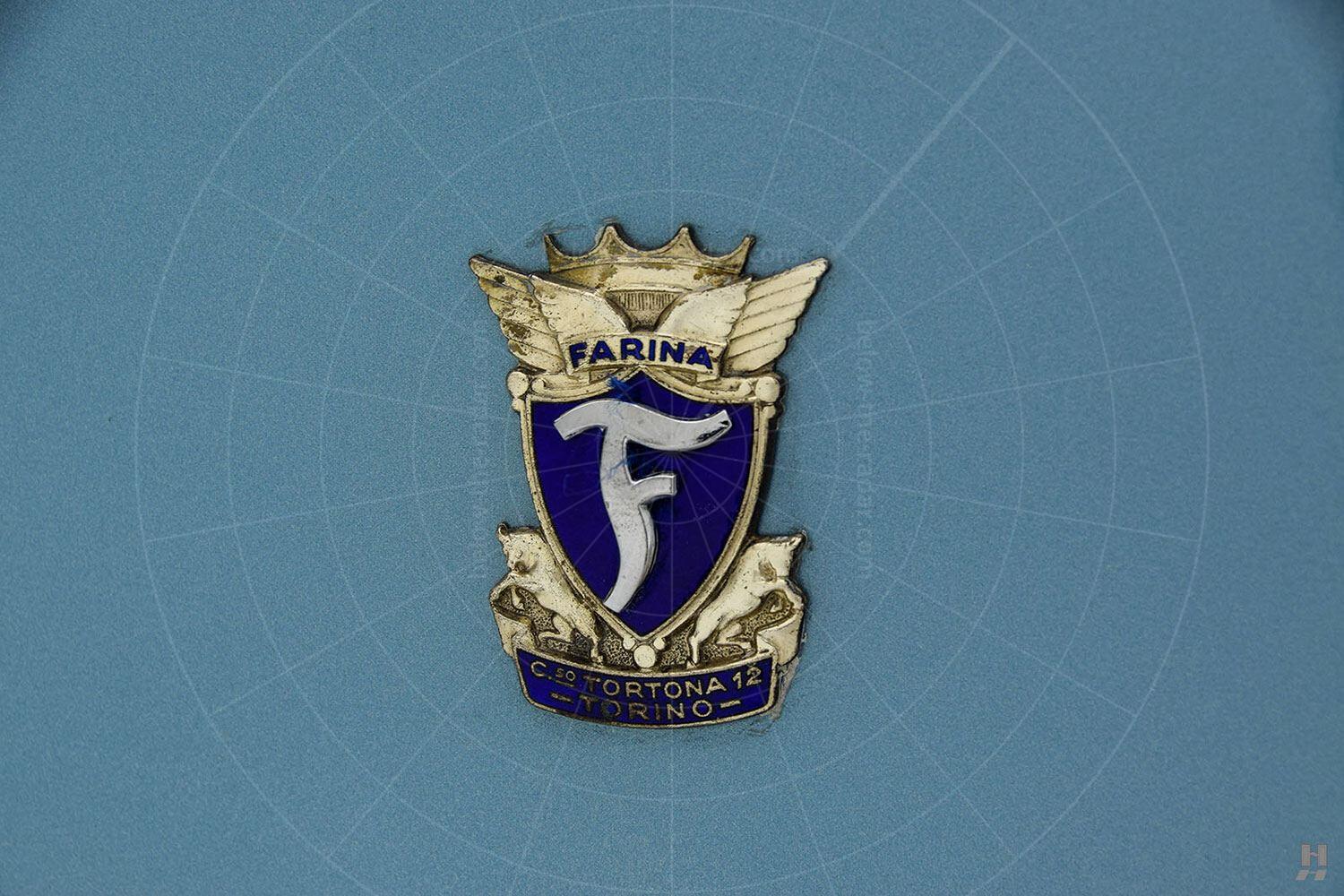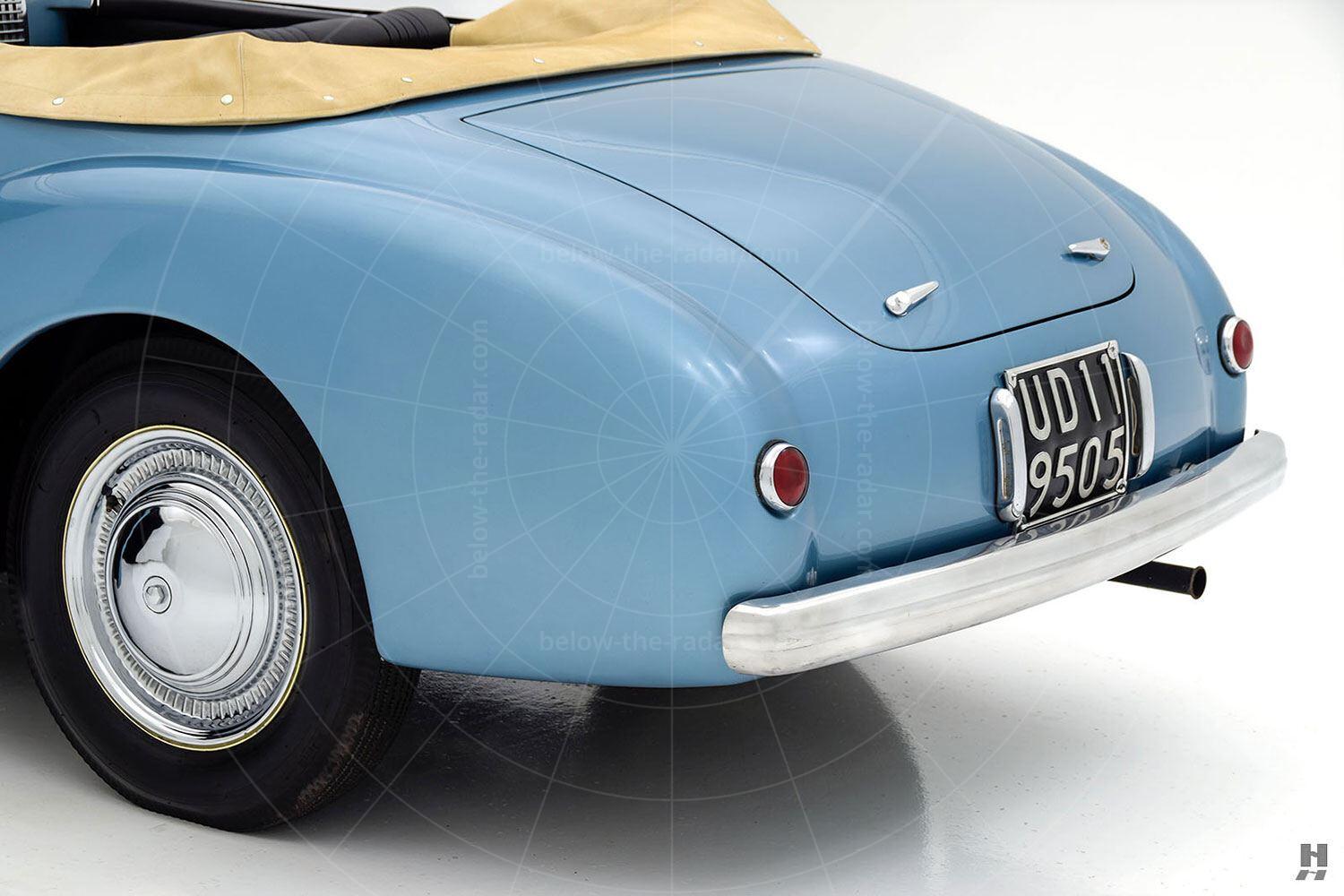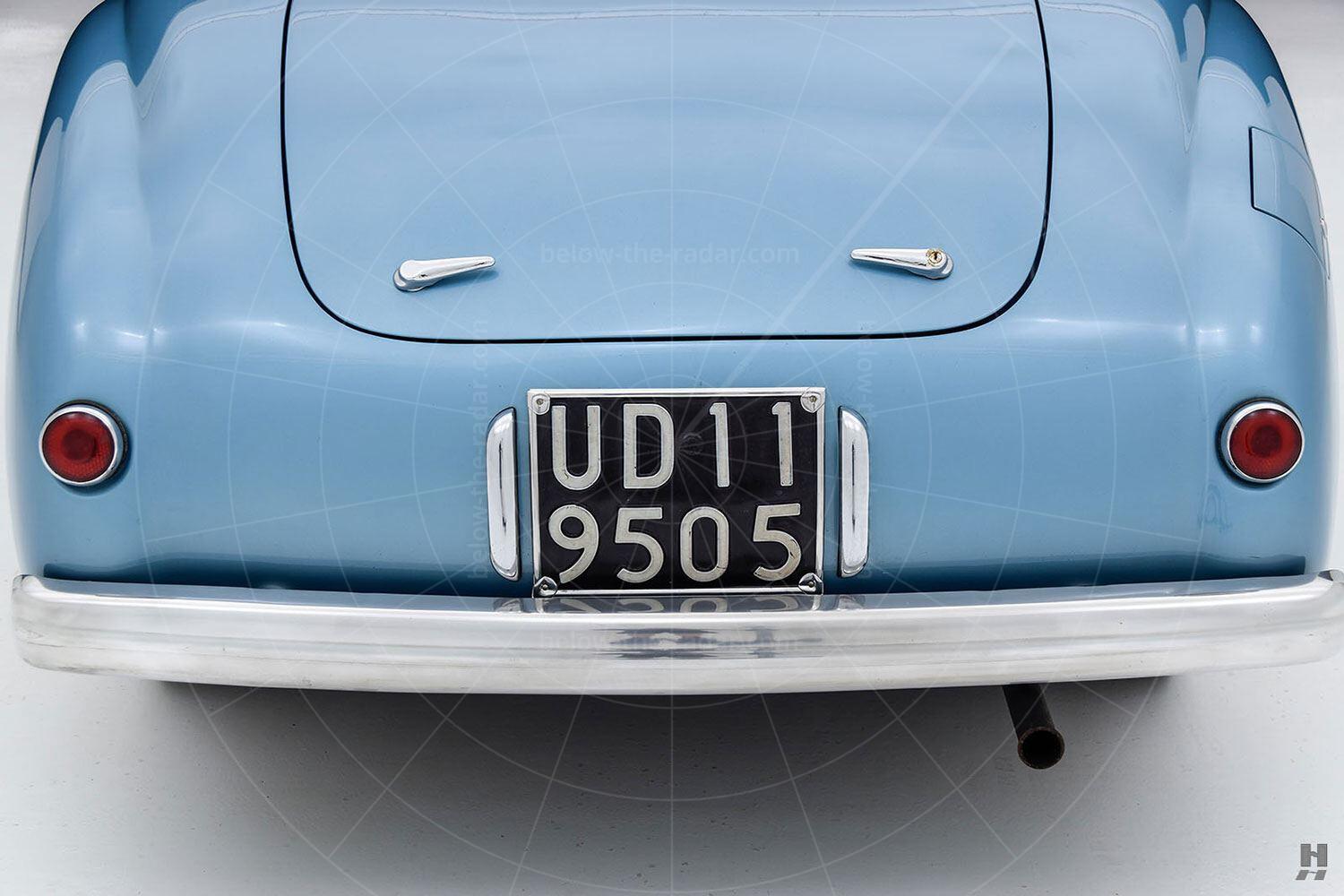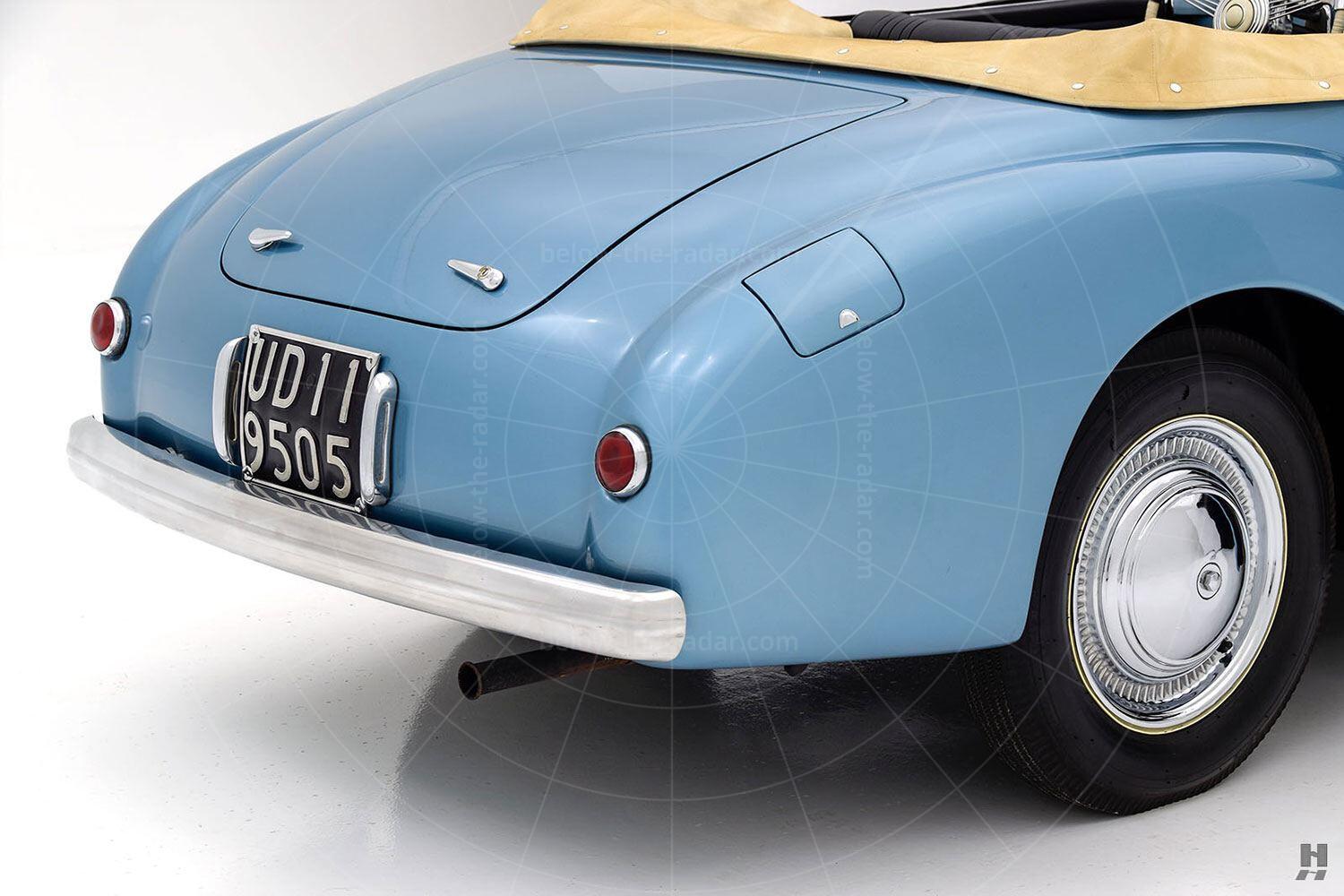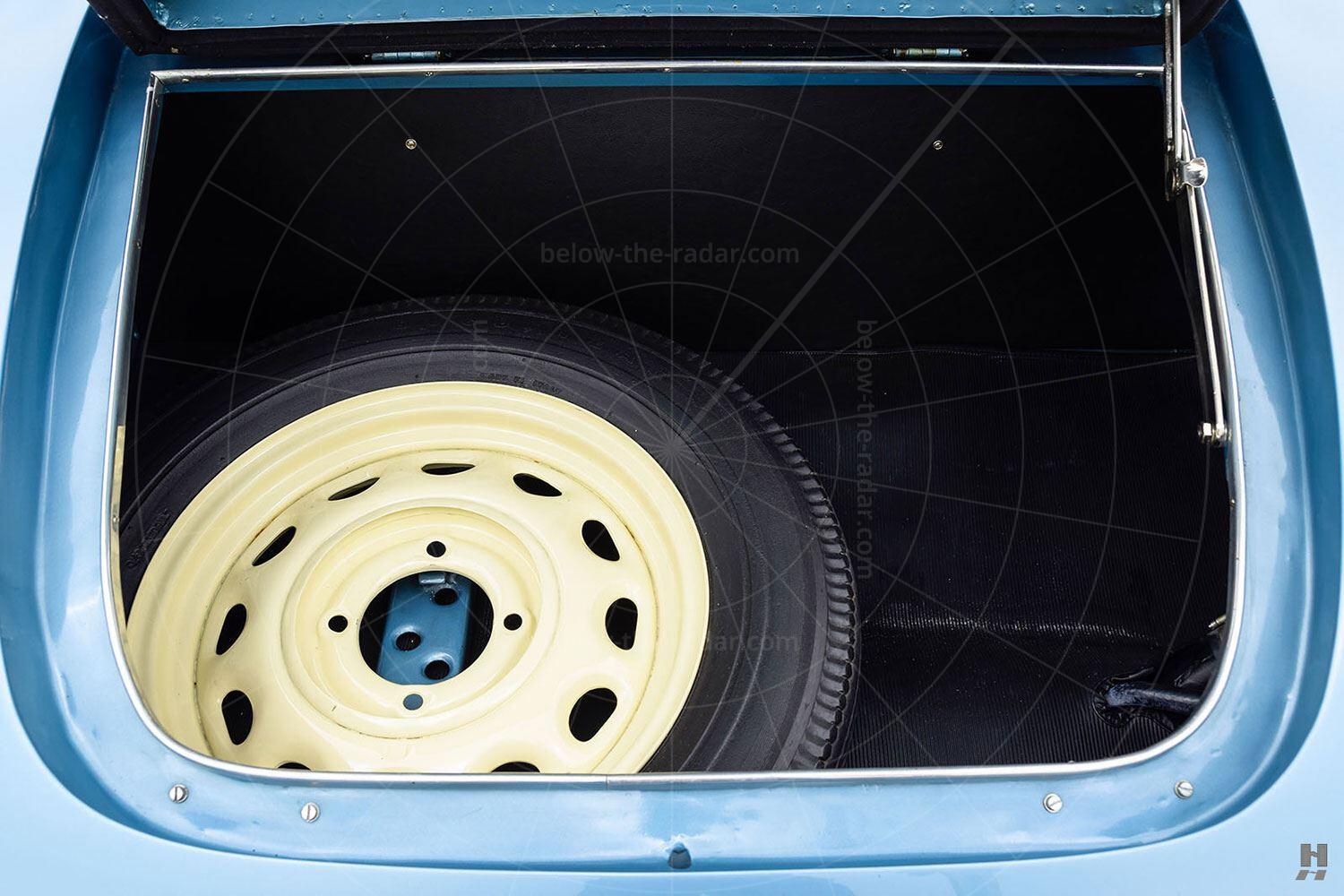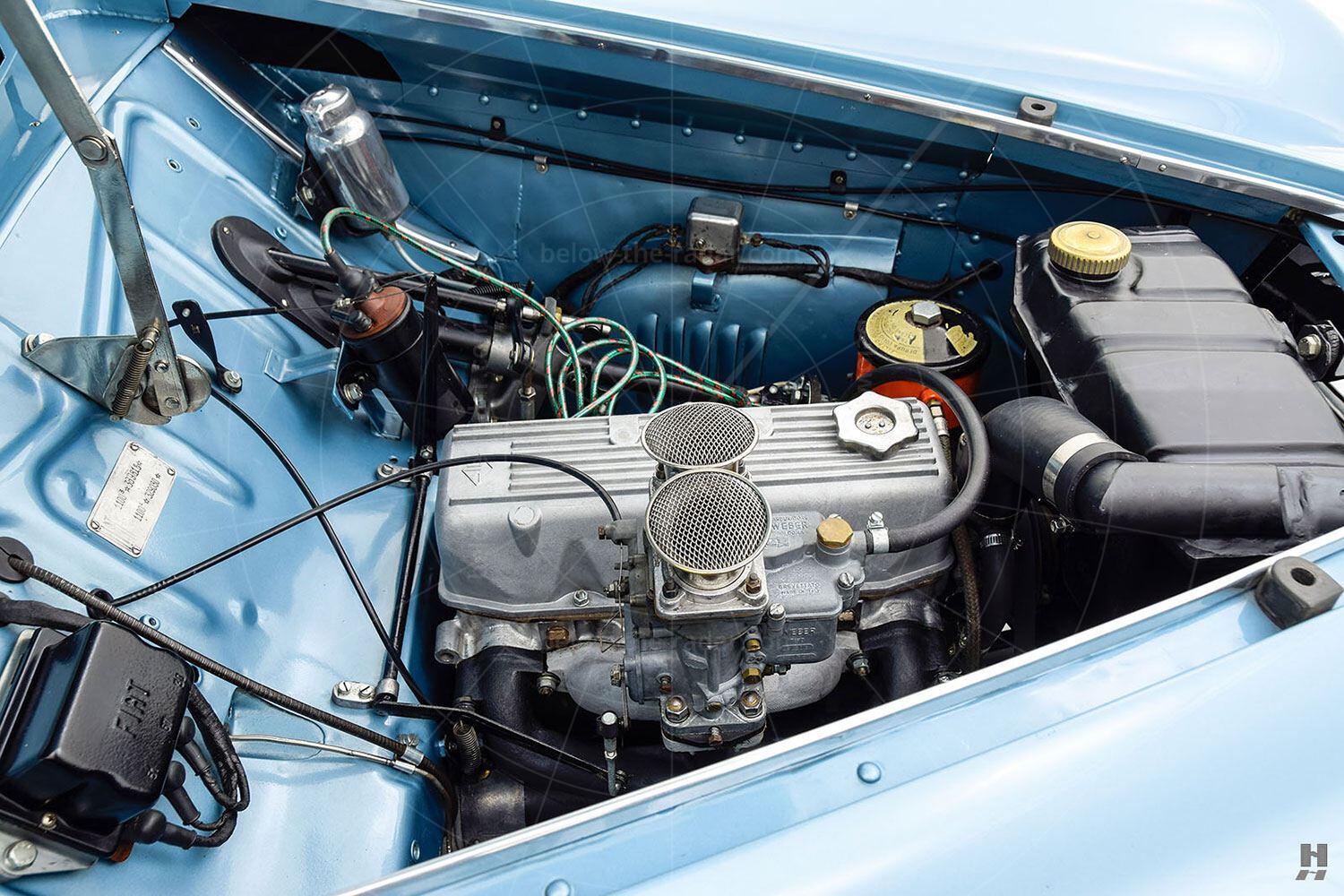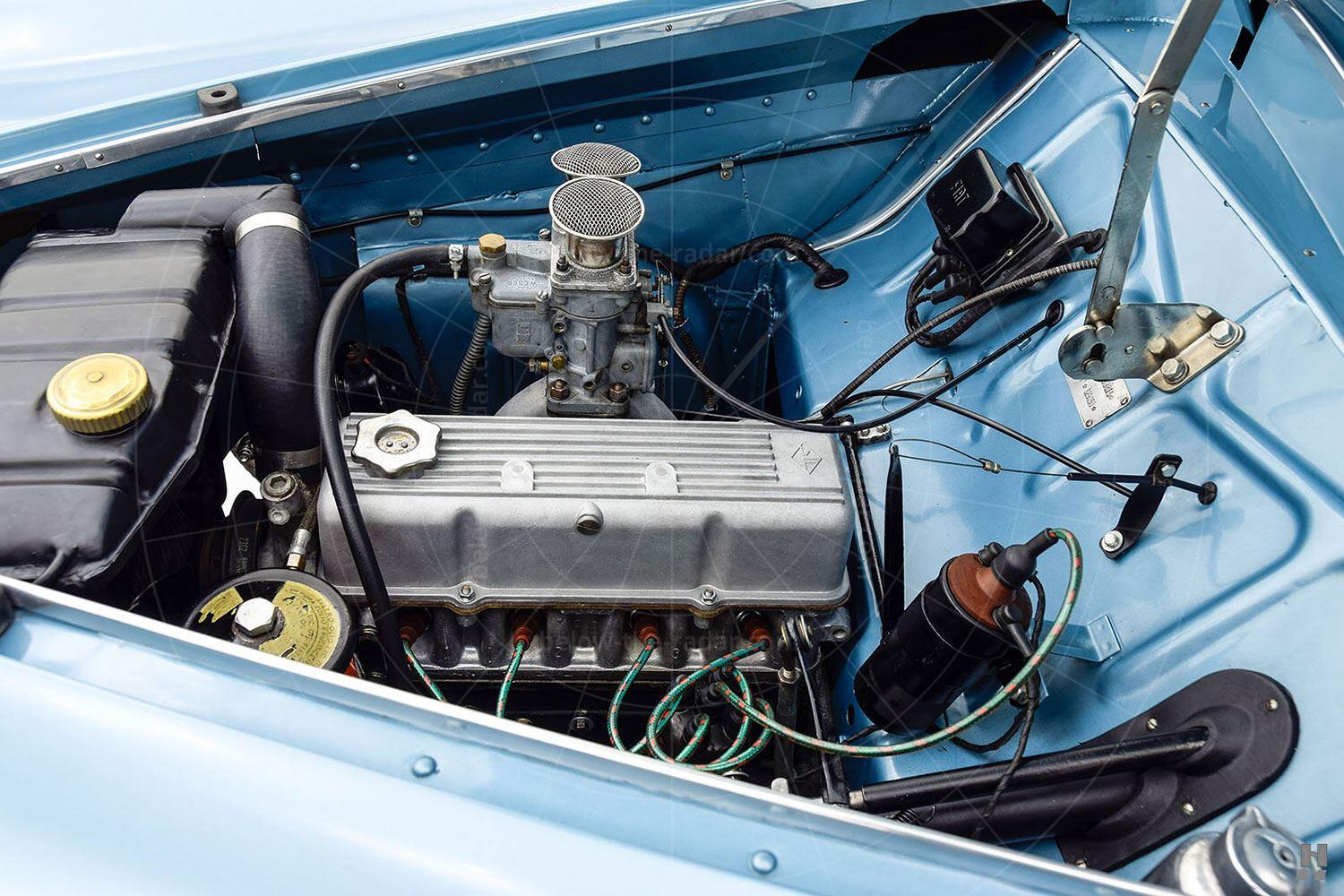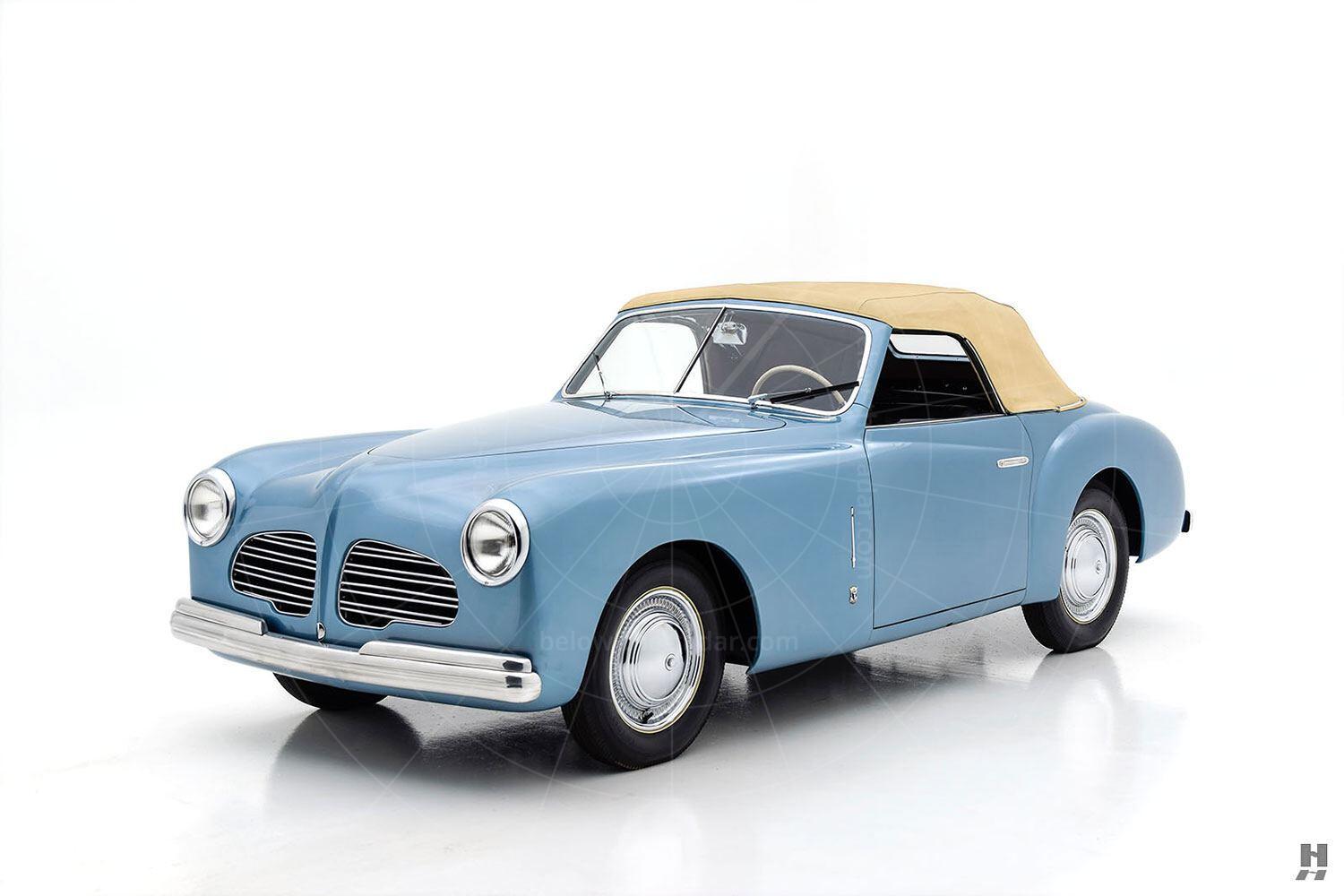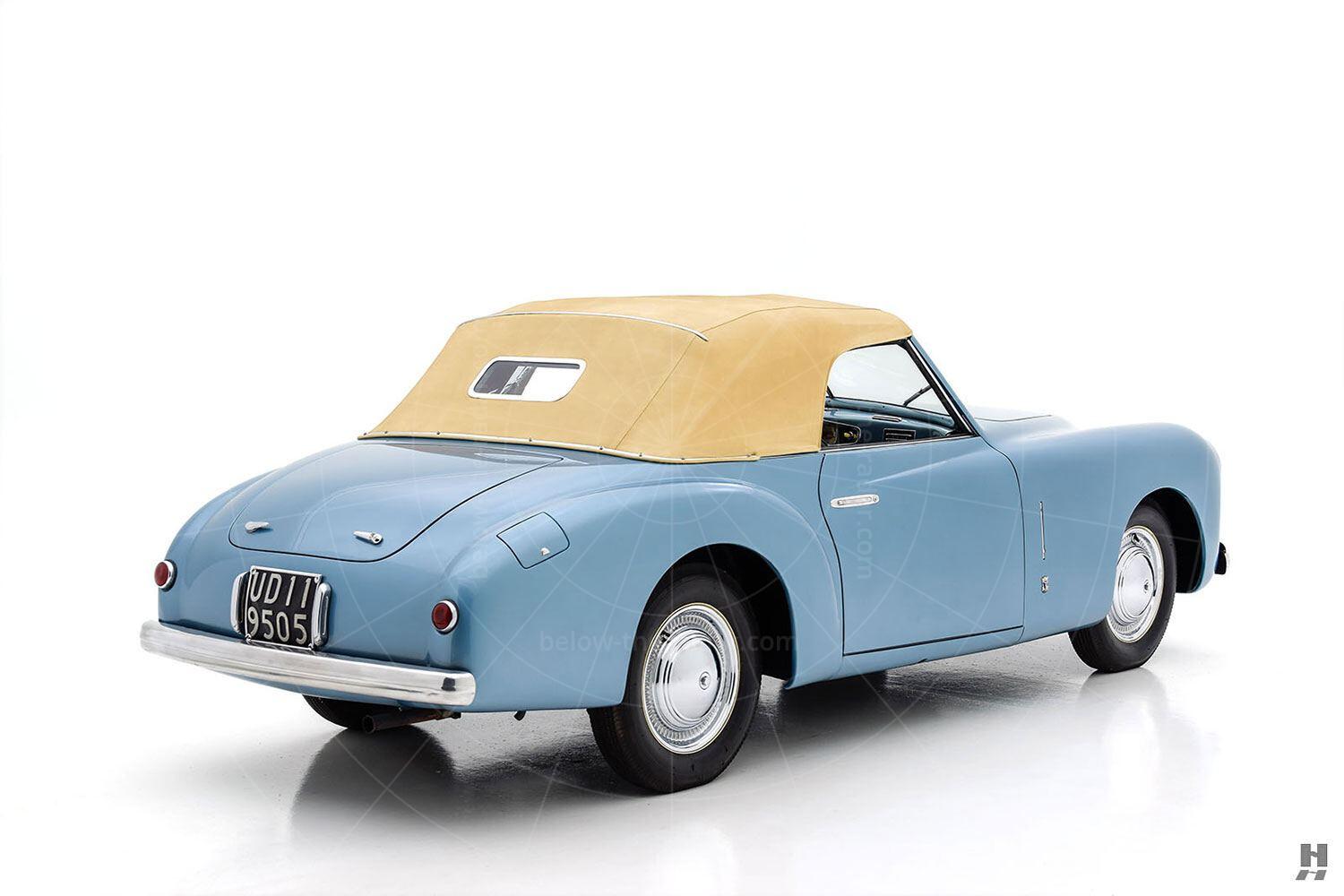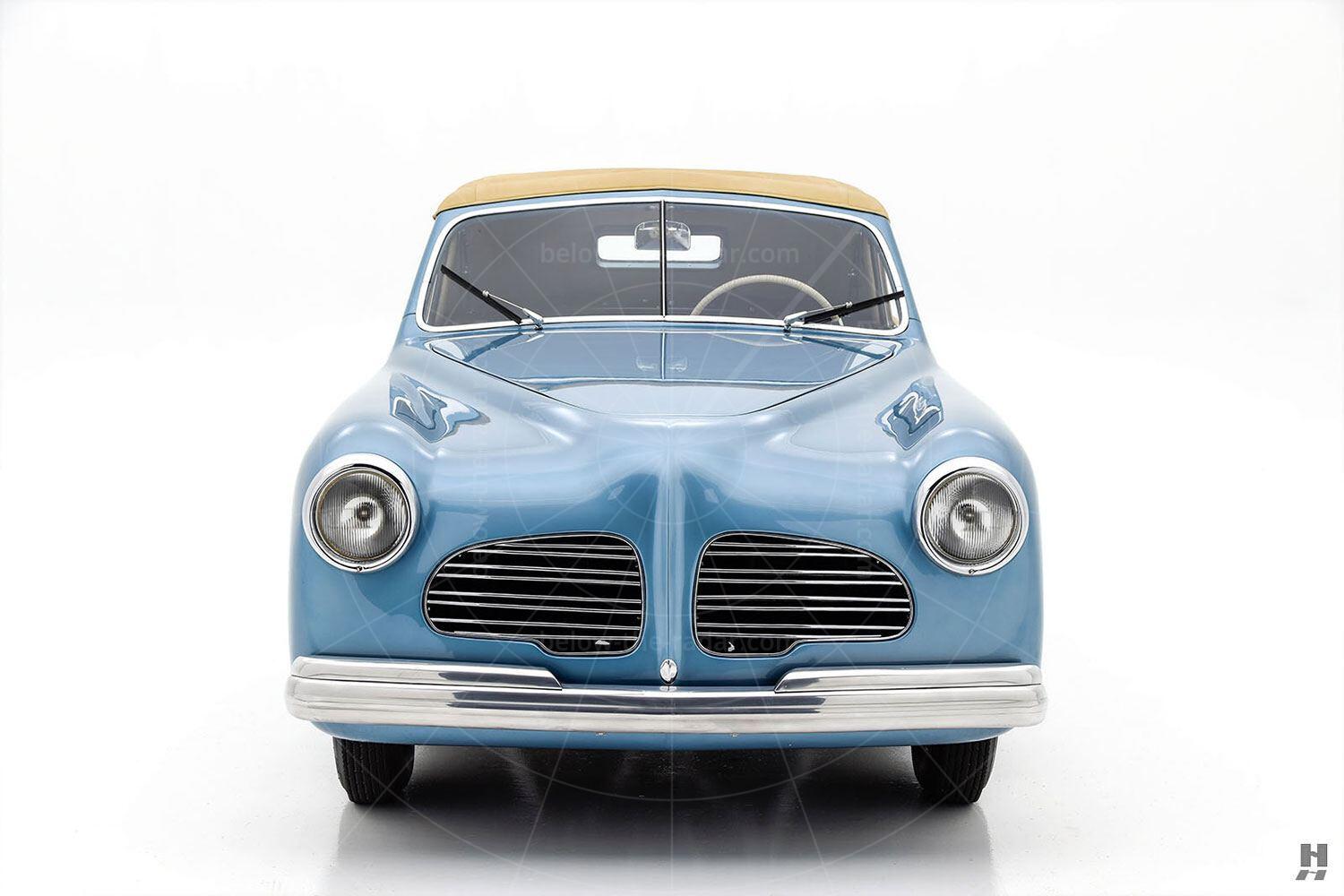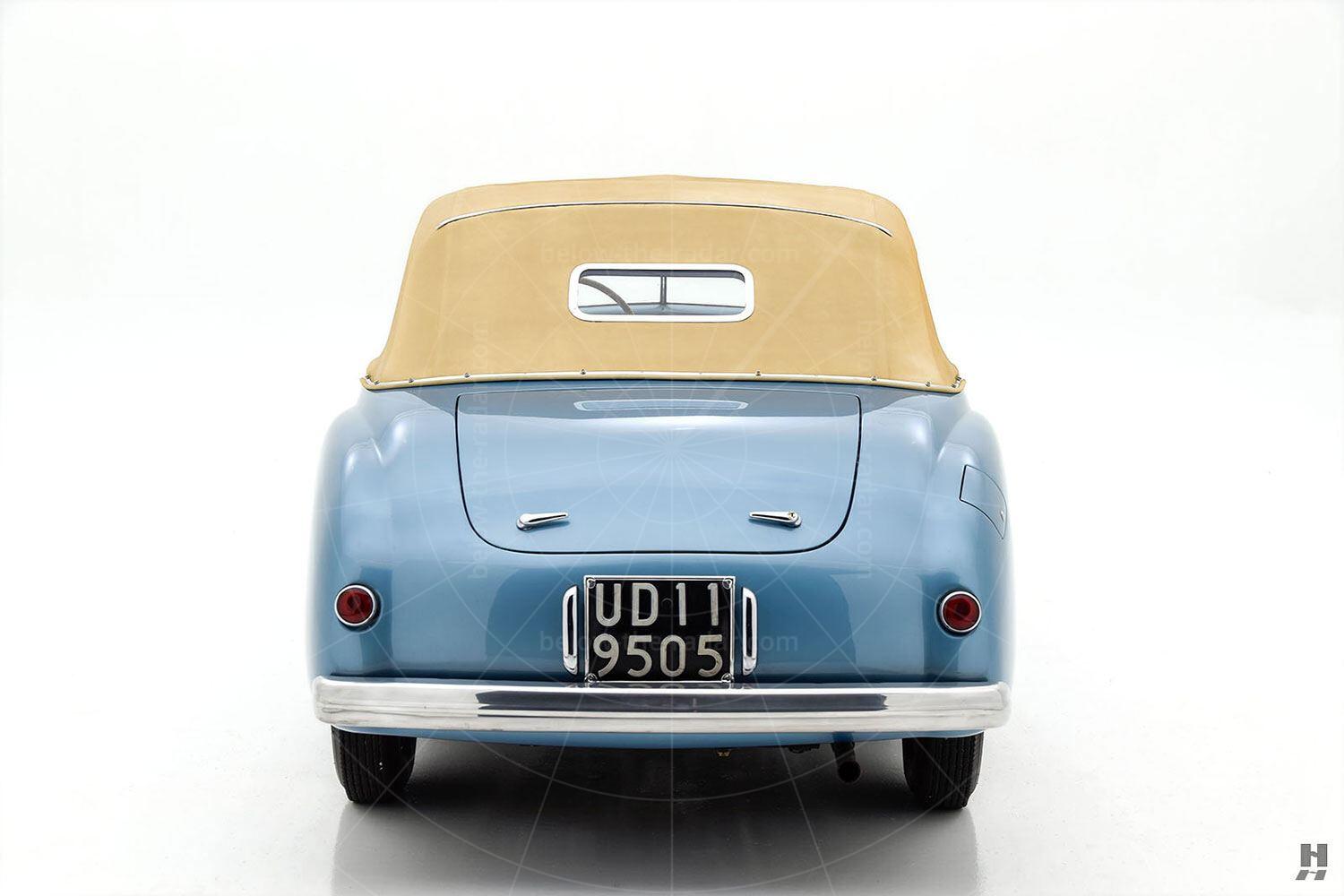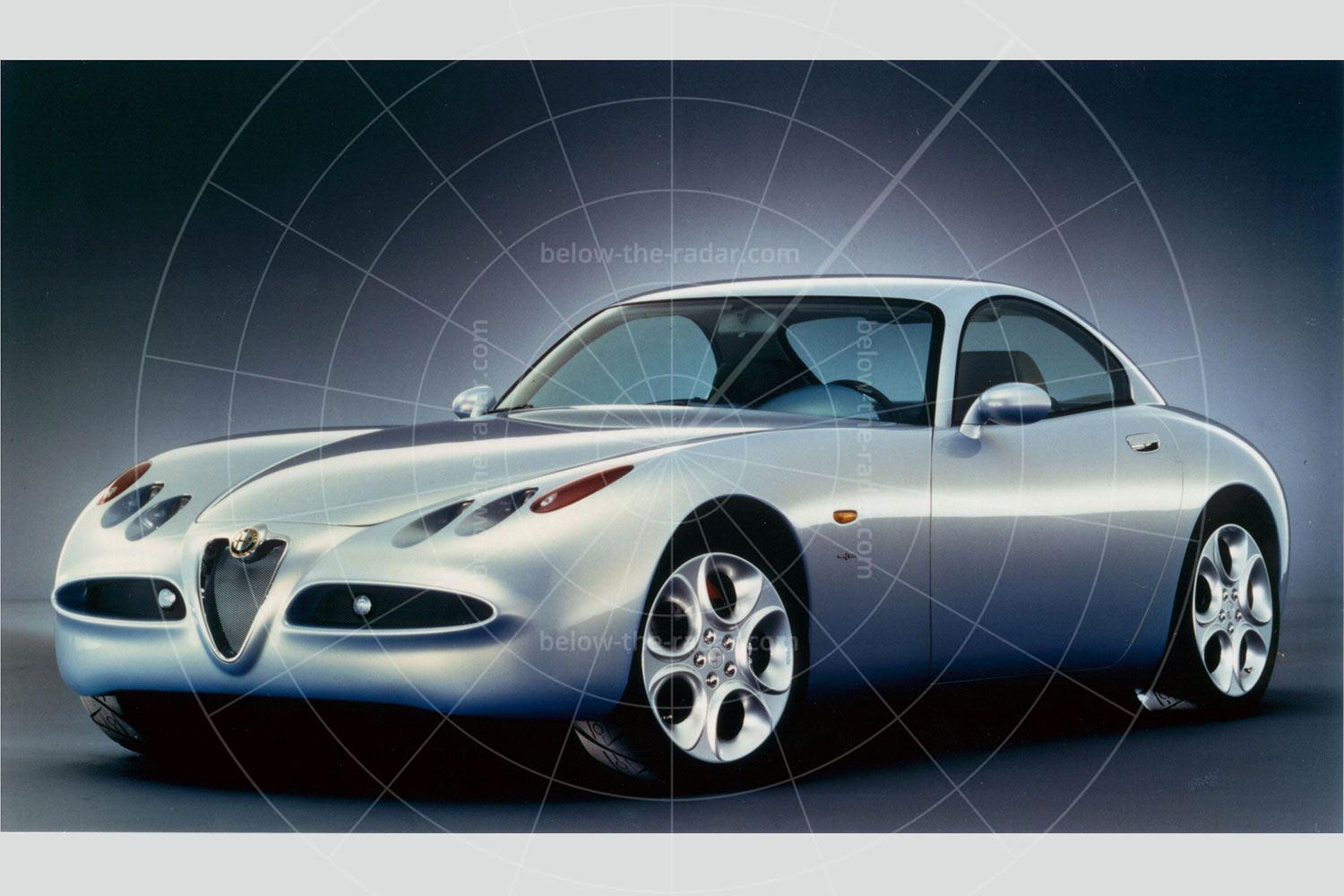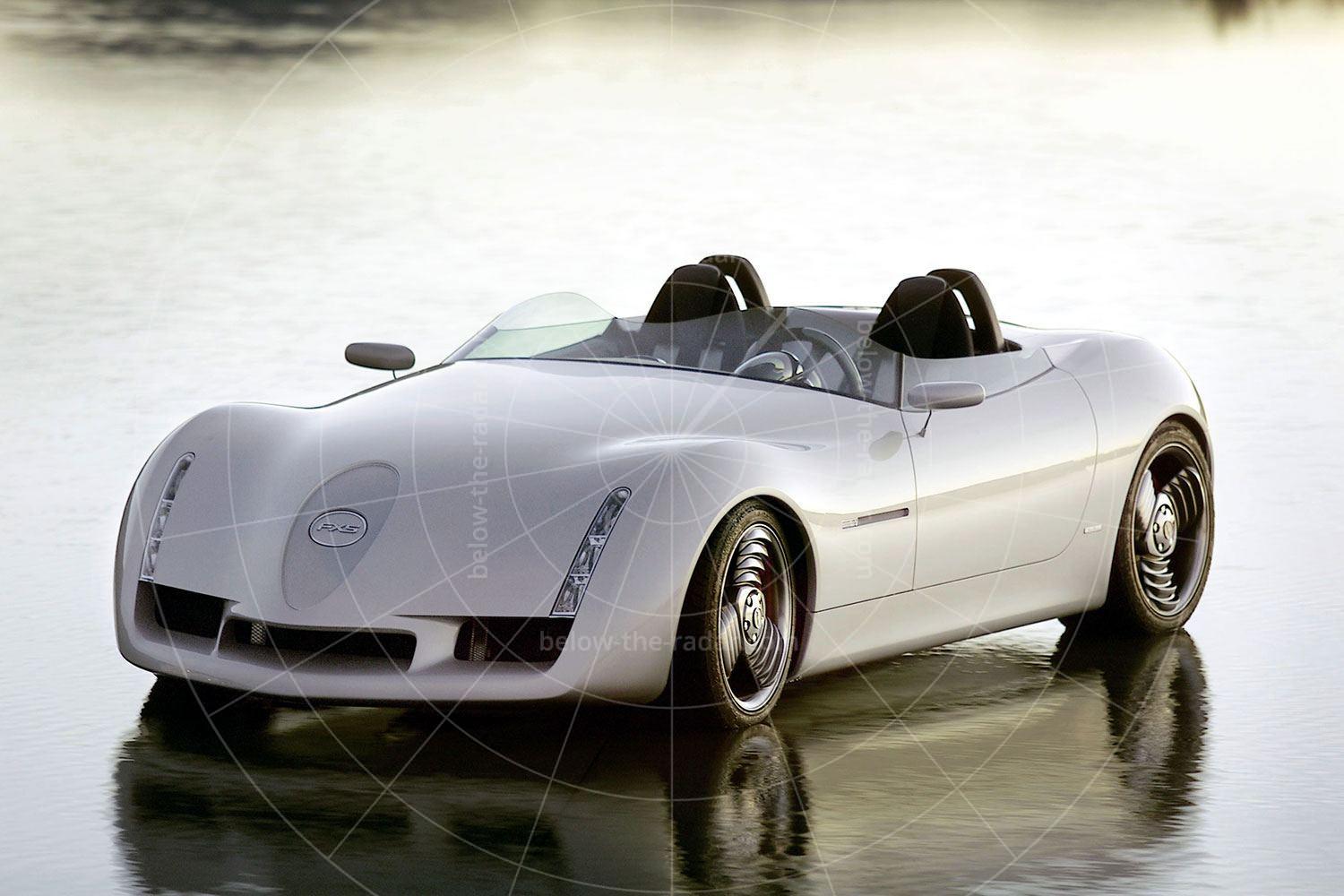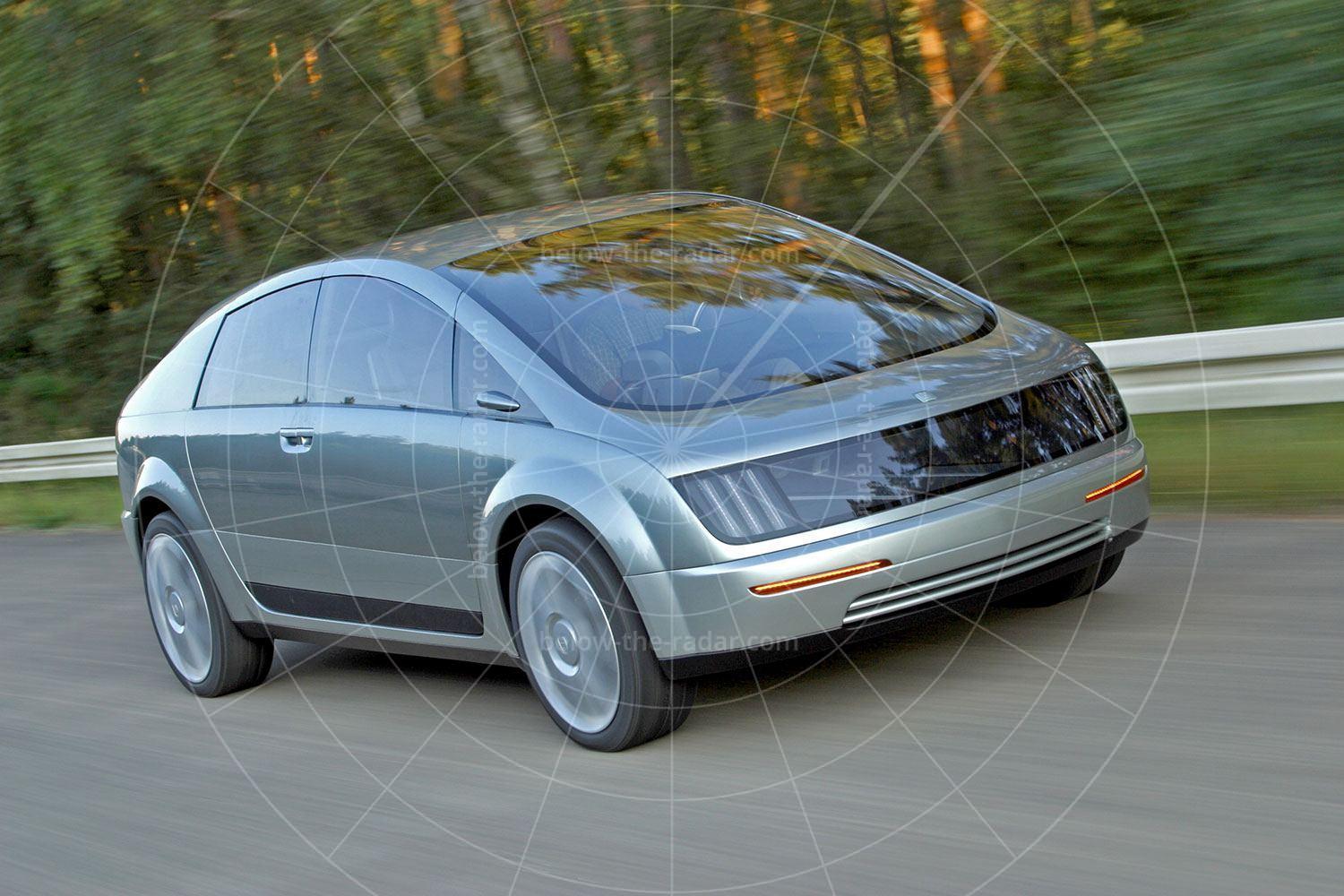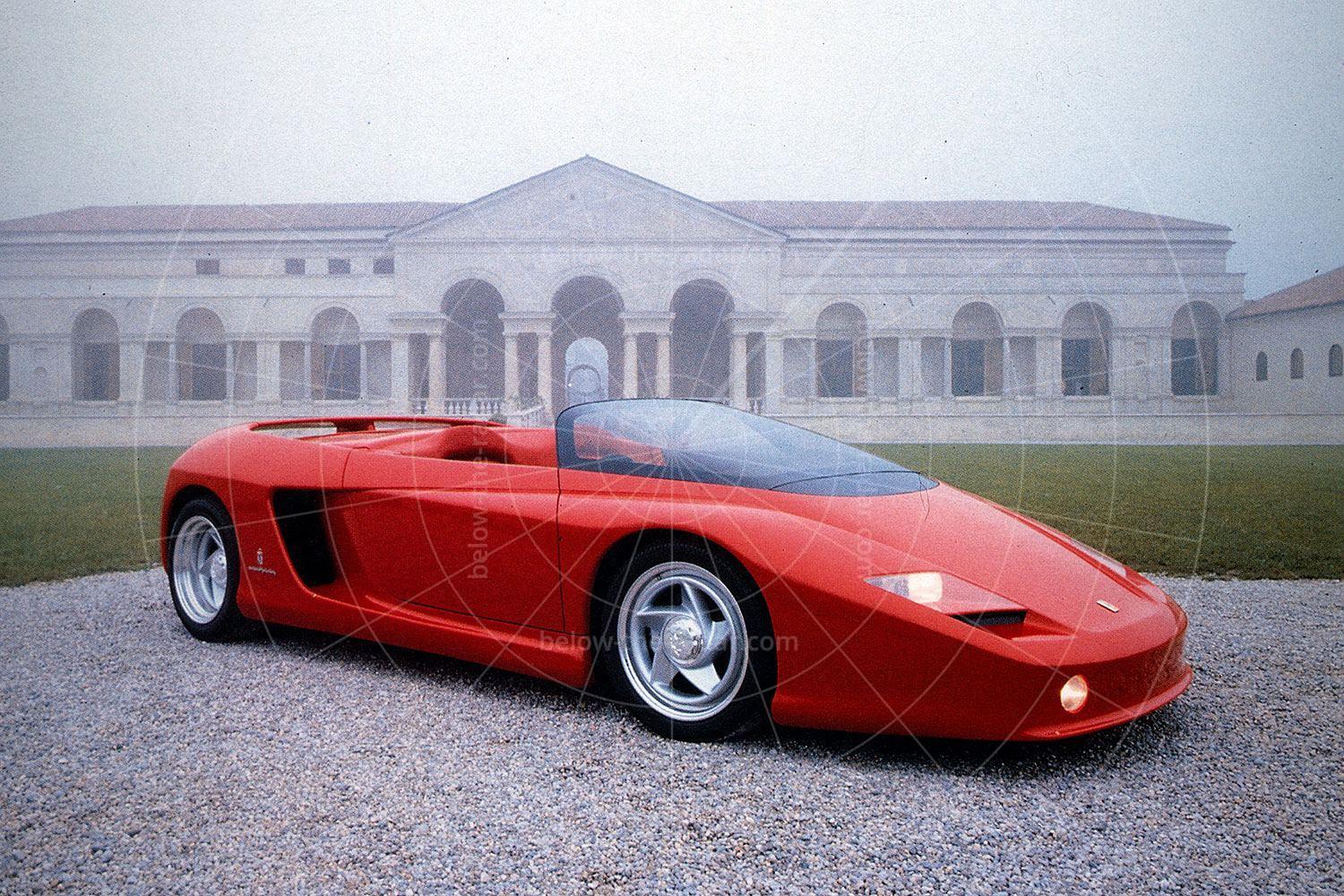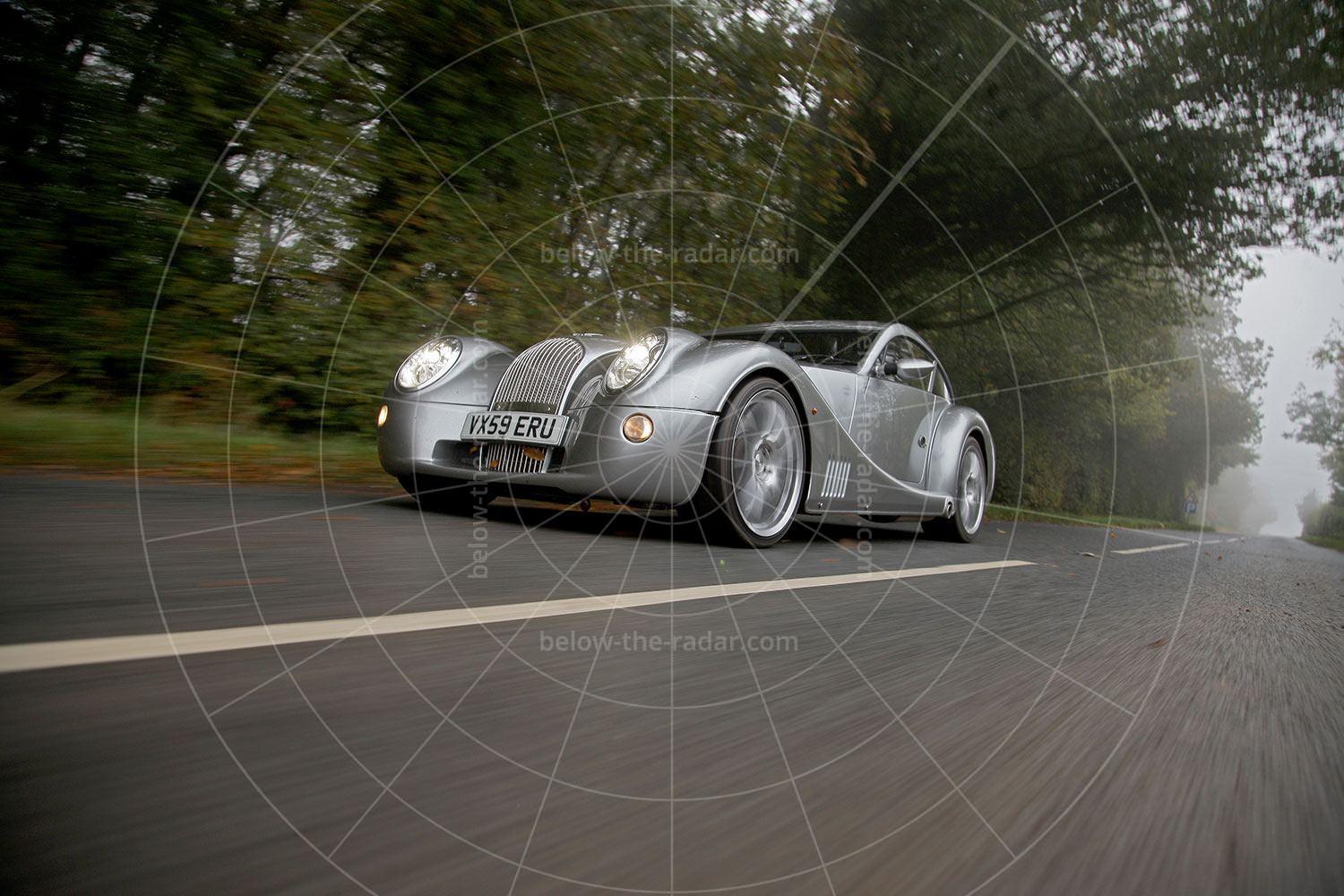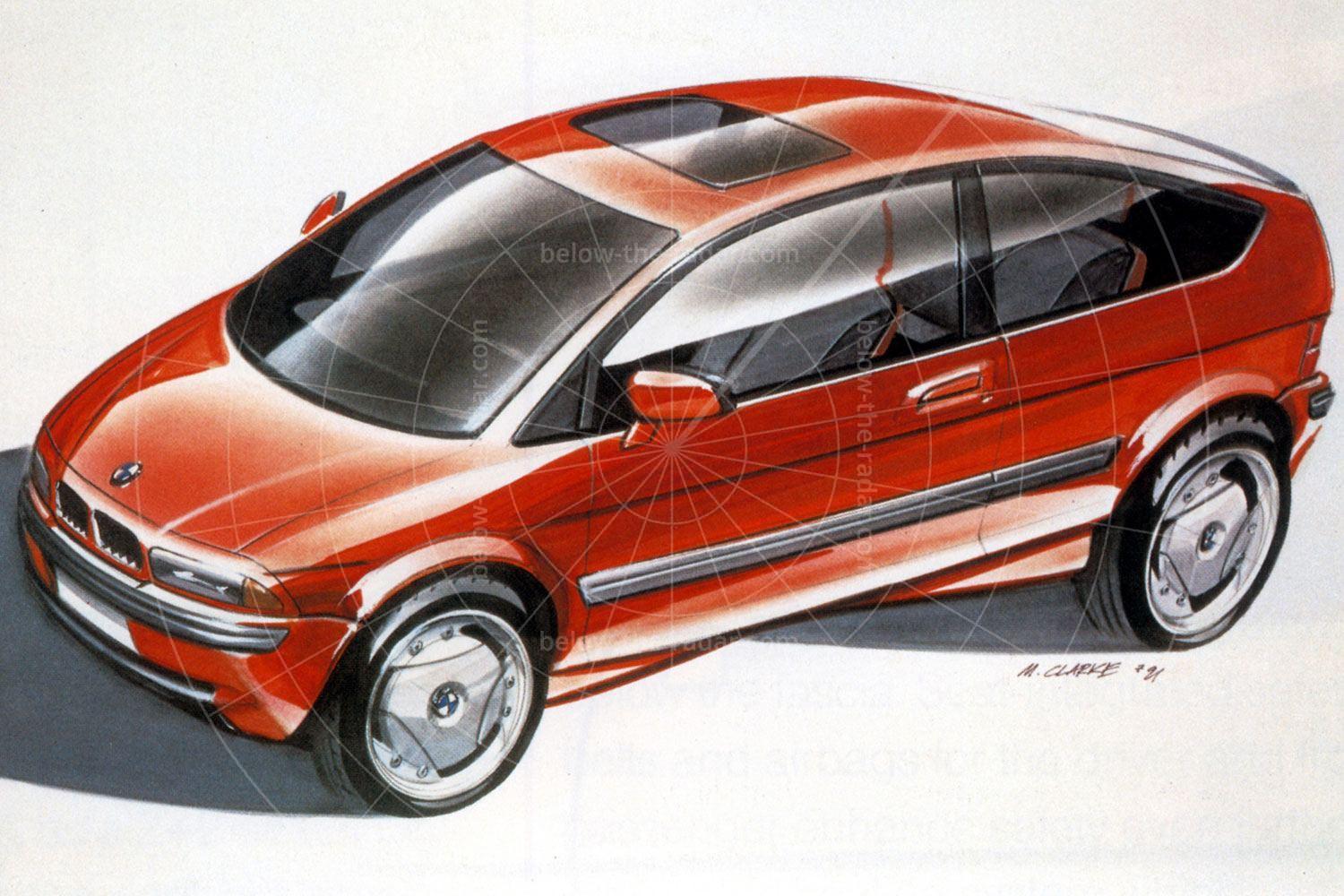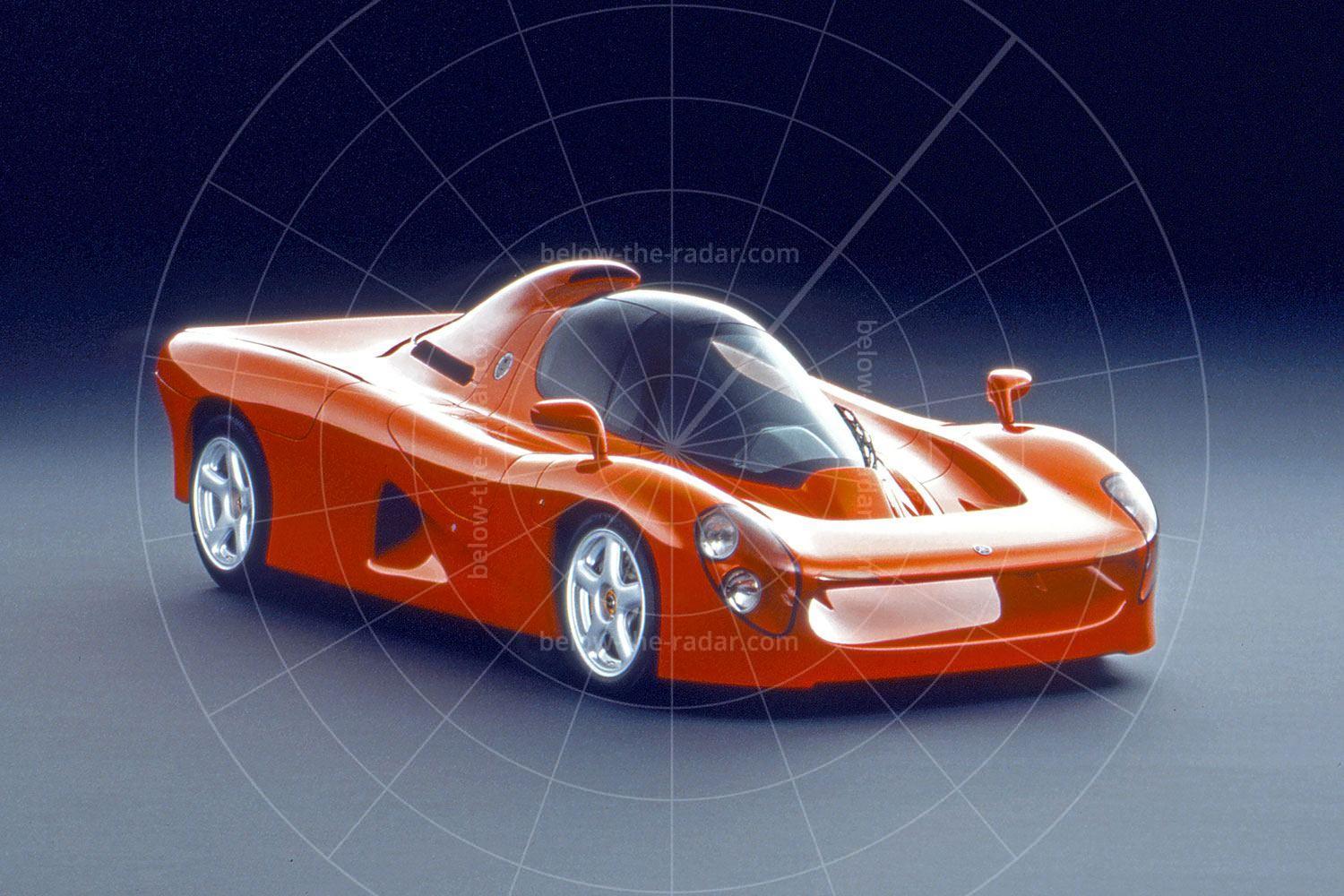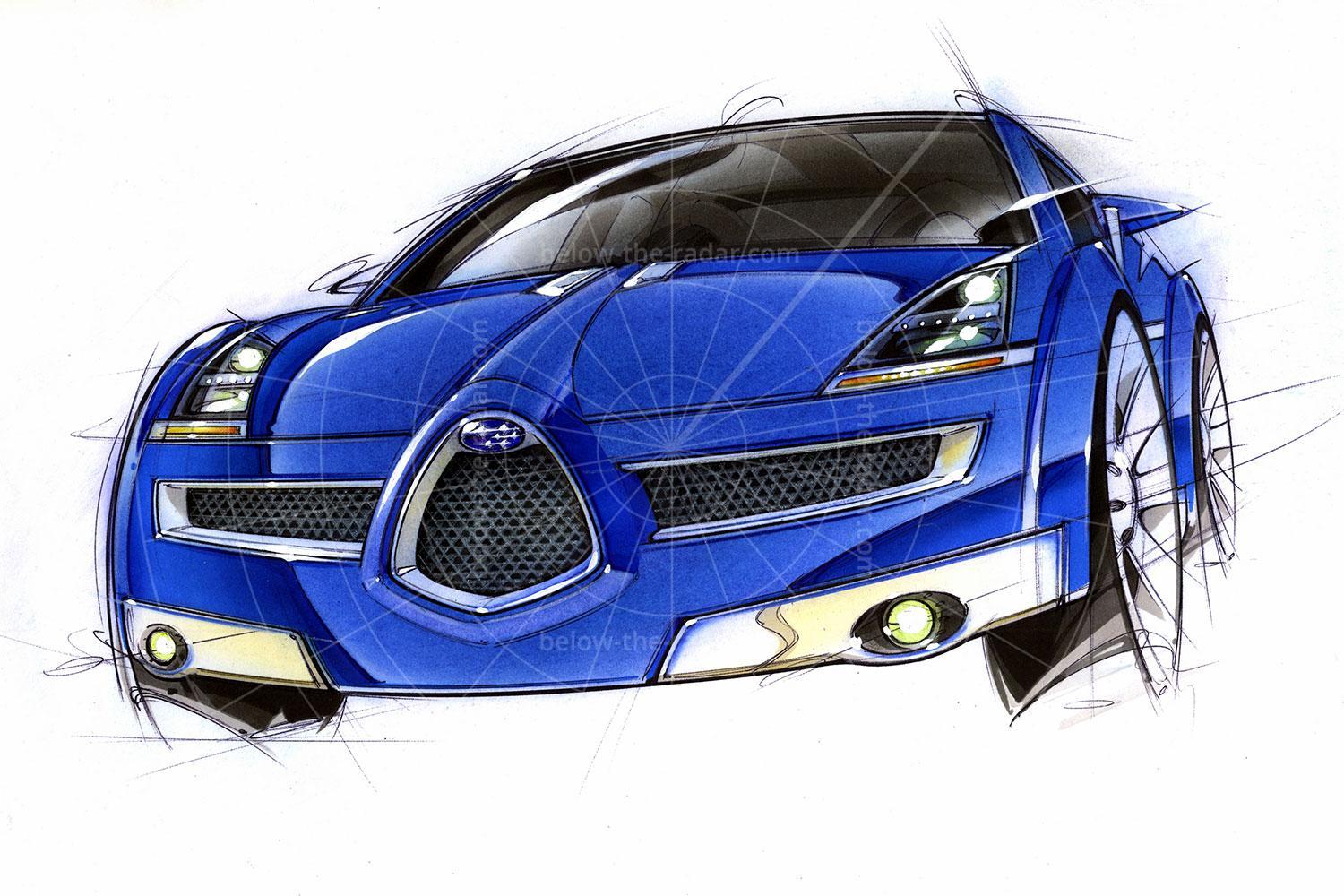The Italian motor industry had been hit particularly hard during World War II. The ruling fascist government made an attempt to decentralise Italy’s manufacturing bases, but Allied bombers had already inflicted massive damage. Fiat was a particularly valuable target, and its recently christened Mirafiori plant on the outskirts of Turin was all but wiped off the map. During the initial post-war reconstruction, the desire to resume building cars was strong, but resources were severely limited.
Italy’s small coachbuilders were generally spared from bombings, and they had eager staff ready to get back to work. With so few new cars, many coachbuilders got back in business by producing new bodies for used vehicles. Fiat finally resumed production of its mid-range 1100, and soon provided a steady supply of chassis for Italy’s coachbuilders to practice their craft, spurring on an Italian coachbuilding renaissance which would last well into the 1960s.
The Fiat 1100 was constructed on a simple ladder chassis with independent front suspension, and a 1089cc overhead-valve, four-cylinder engine. The car first appeared in 1937 as the 508 C 'Balilla' and was Fiat’s mid-sized family car. It became known as the 1100 in 1939, and remained in production until 1953 when a new monocoque-construction 1100 replaced it. Thanks to its versatile chassis and its affordability, the Fiat 1100 would become the darling of the Italian Carrozzerie in the 1940s and 1950s. Fissore, Ghia, Zagato, Pinin Farina and many others created beautiful and creative designs that ranged from ultra-light racers to luxurious cabriolets.
The great Stabilimenti Farina has long been known for its restrained yet elegant designs, and this handsome 1100 Cabriolet Farina is undoubtedly true to form. The car caught the attention of Enzo Ferrari, who pleaded with Atillia Farina not to use this design on a Fiat as it too closely resembled a 166 Inter Cabriolet. Perhaps Enzo’s influence worked as just a handful of these stylish cabriolets were produced after the car had made its debut in 1949, and only four are known to survive.
This charming example was sold new in Italy to Sig. Alessandro Alexandri in the summer of 1950. Period photos show a proud Alexandri behind the wheel of his glimmering new coachbuilt Fiat. Around 1952, it is believed to have changed hands and was put into service as a promotional vehicle for US Salco, an Italian cycling team. Another period shot shows the car painted up with the team’s logo on the door and a handful of ready cyclists sitting on the bonnet.
The Fiat remained in Italy for much of its life, and in the 1980s was discovered in complete, but somewhat tired condition by the owner of an Italian restoration shop. Over the course of nearly 20 years he personally and painstakingly restored the Fiat from the ground up.
The aluminum coachwork was formed over a steel wire frame, a technique known as Superleggera, as perfected by Carrozzeria Touring. Restoration photos show the car was carefully disassembled, and the wire structure was painstakingly rebuilt before the coachwork was carefully restored. When the project began, some of the bespoke exterior trim was missing, including the bumpers which the owner subsequently reproduced in aluminum based on period photos. The restoration consumed over 3000 hours, and when completed the car was proudly featured on the cover of the February 2002 issue of Auto d’Epoca.
When Hyman Ltd sold this Fiat 1100 cabriolet, it described it thus:
Typical of a Farina design of this era, the body is minimally adorned, with just a few touches of polished alloy and chrome brightwork to set off the elegant form. This car features polished alloy bumpers, chrome Carello light bezels, and subtle touches such as flush door handles, trafficators in the front wings and attractive turbine-style hubcaps on cream-colored steel wheels.
Inside, the cabin is luxuriously trimmed in black leather. The floors are covered in black fluted rubber mat, which is typical of the era, and protected by black carpet over mats. The dash is painted to match the body, and the switchgear is fitted with wonderful clear Lucite knobs.
Fiat’s eager little 1089cc four-cylinder engine has an aluminum rocker cover and a single twin-choke Weber carburetor. Power is sent through a column-shift manual gearbox and performance is sprightly, thanks to the light alloy coachwork and the car's compact dimensions.
Many thanks to Hyman Ltd for the use of its pictures to illustrate this article.

